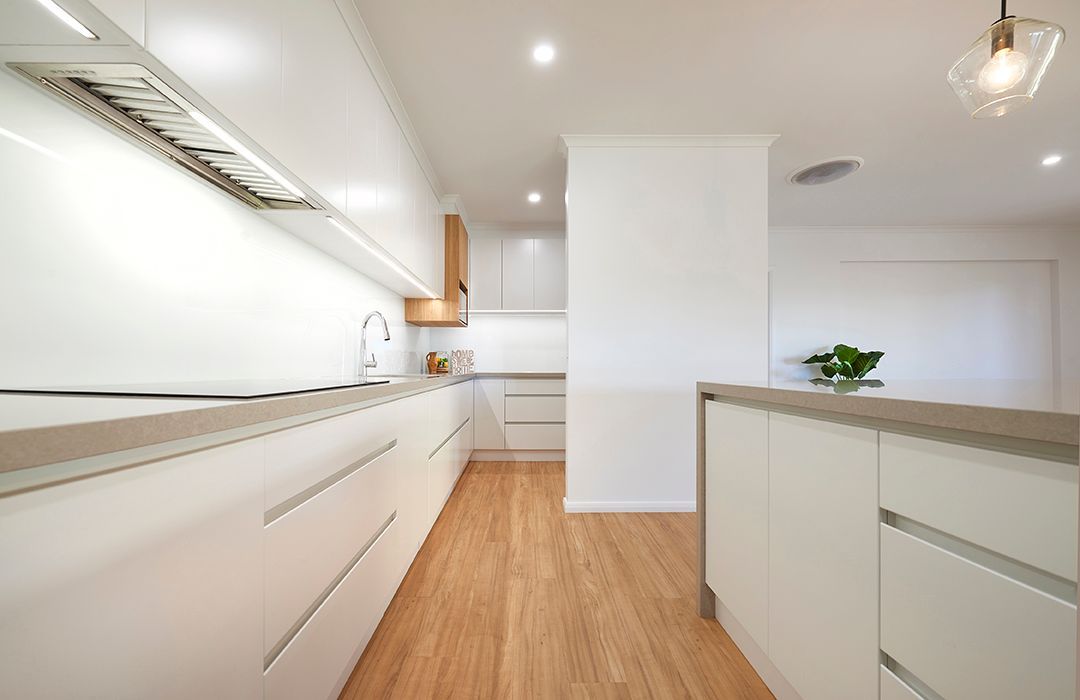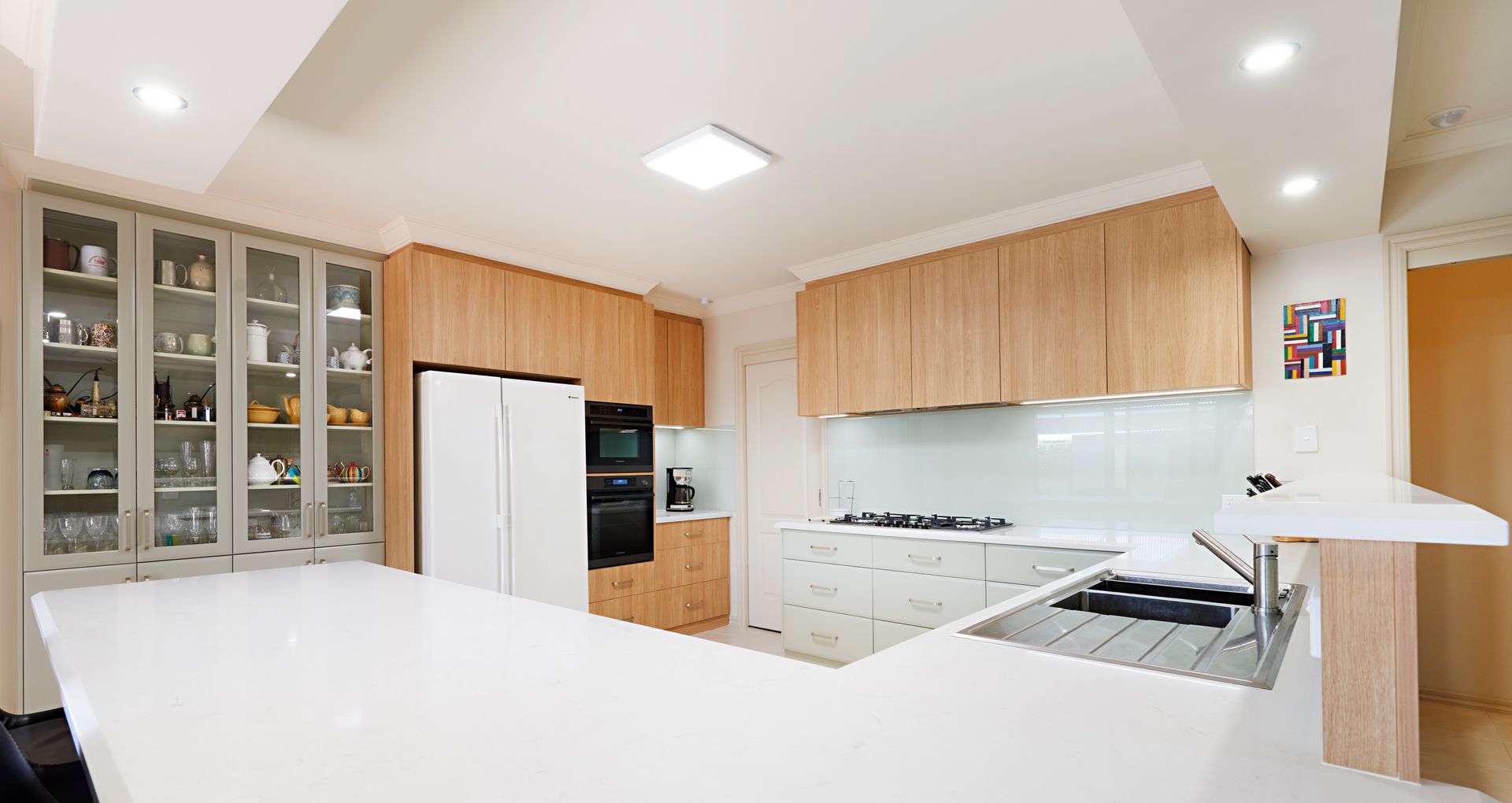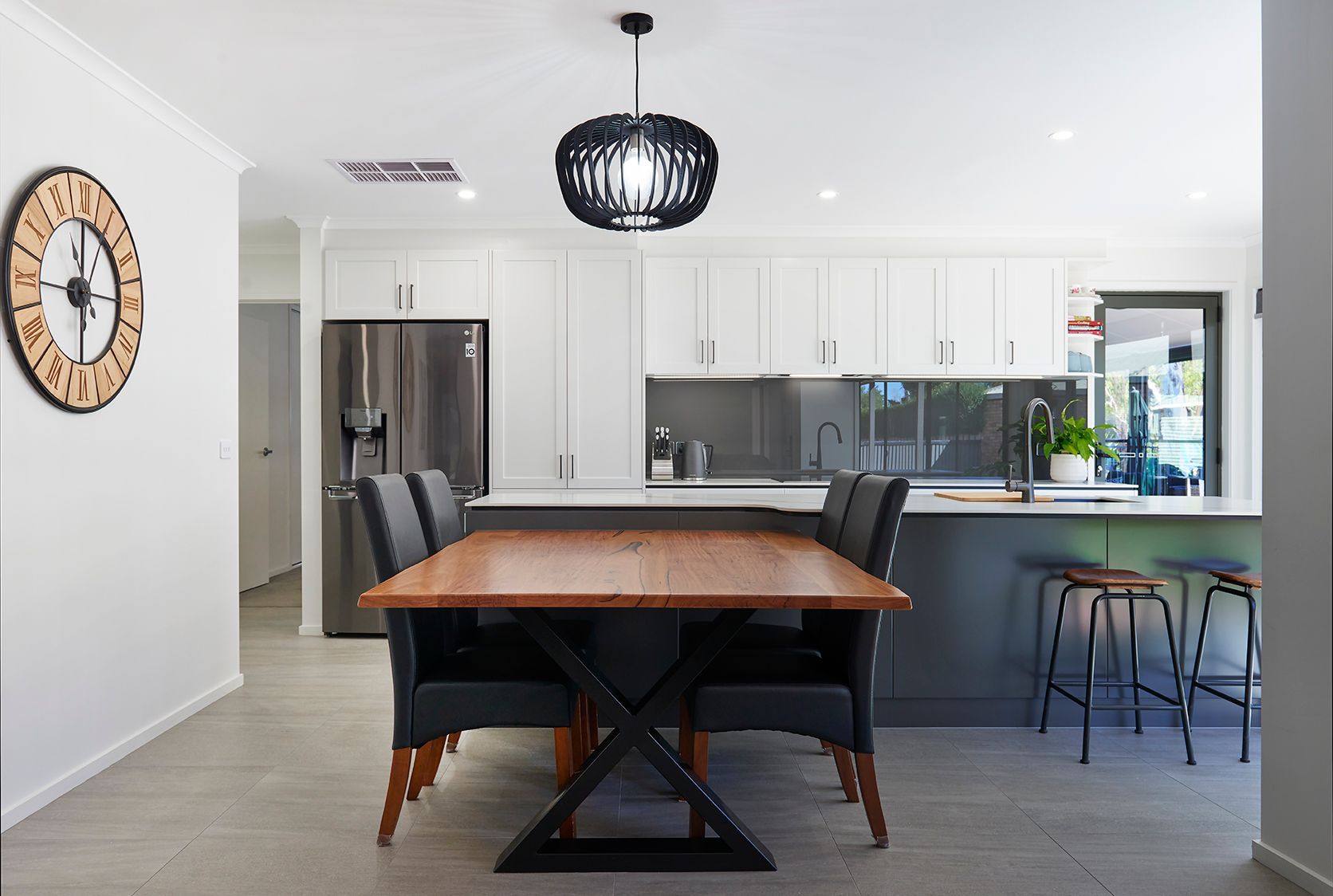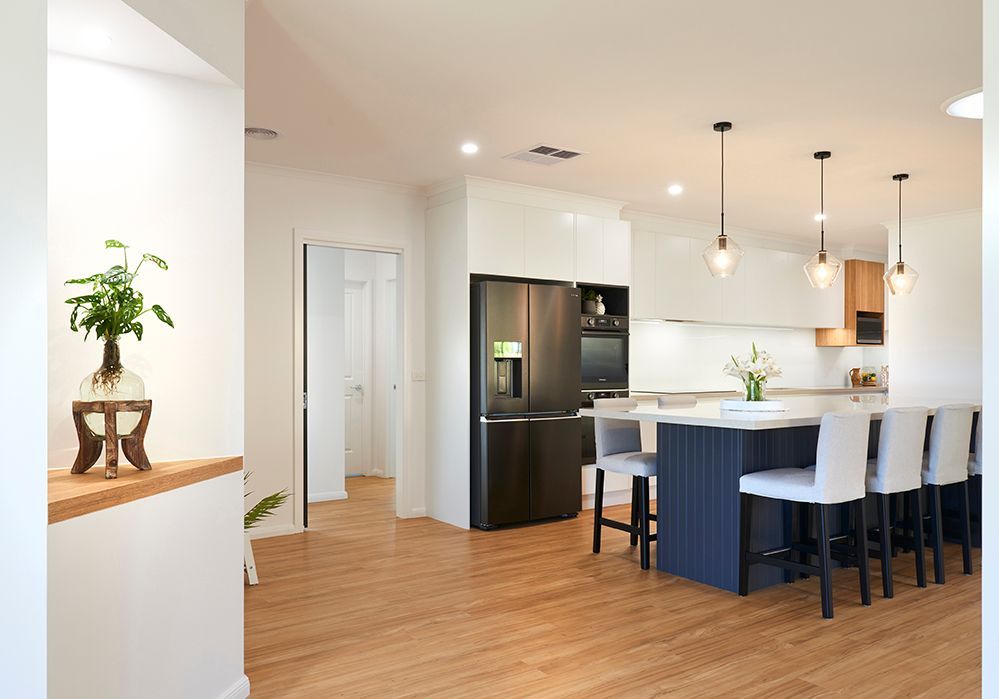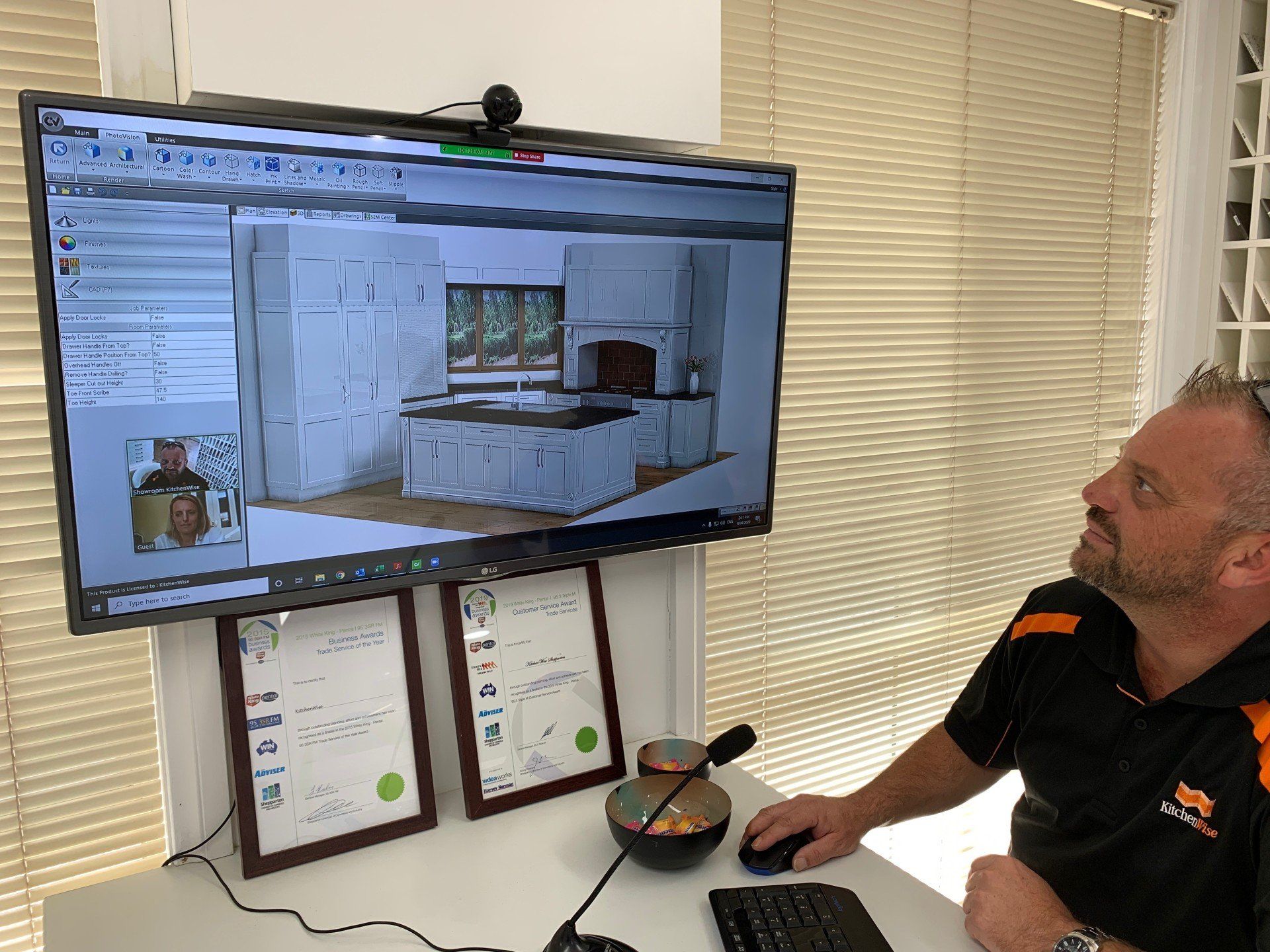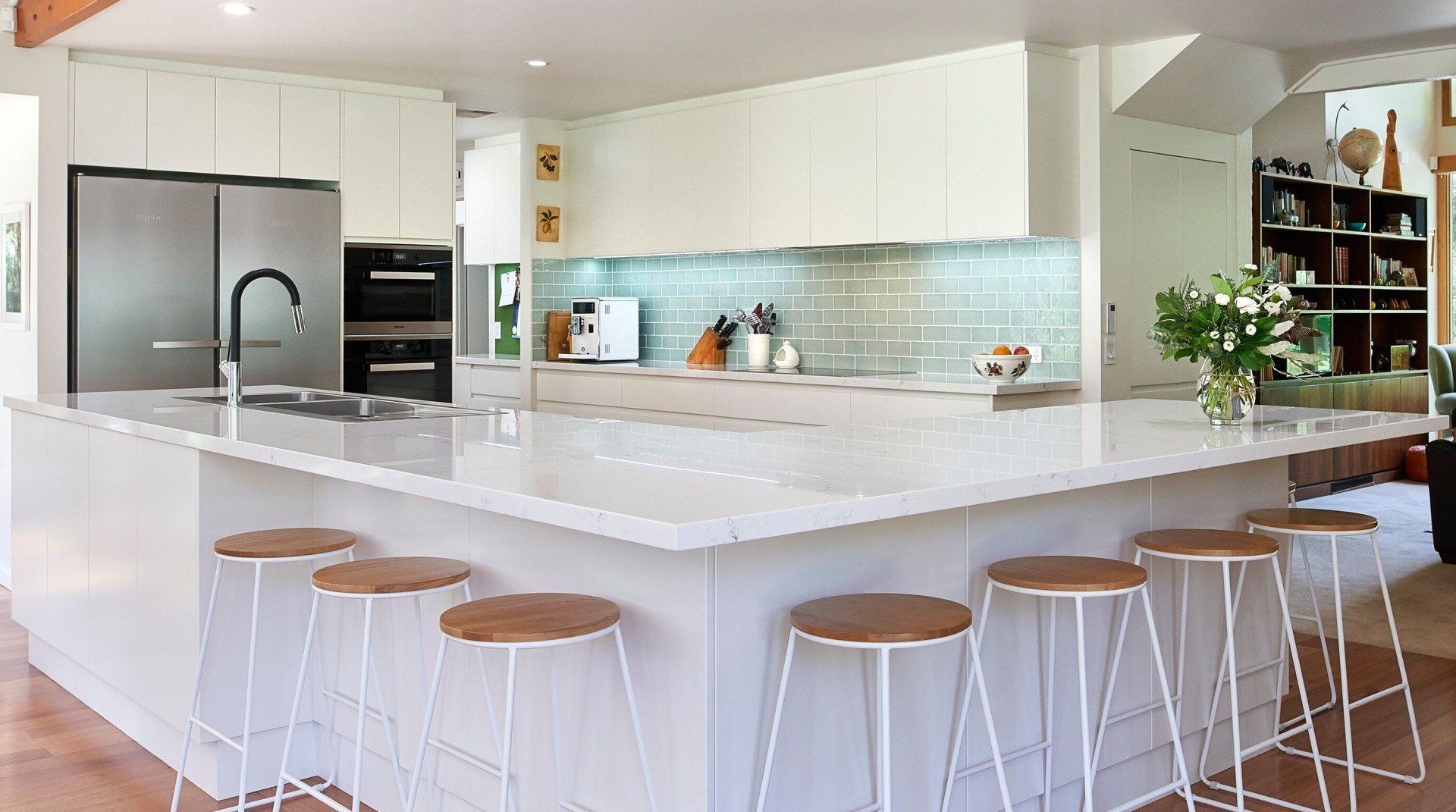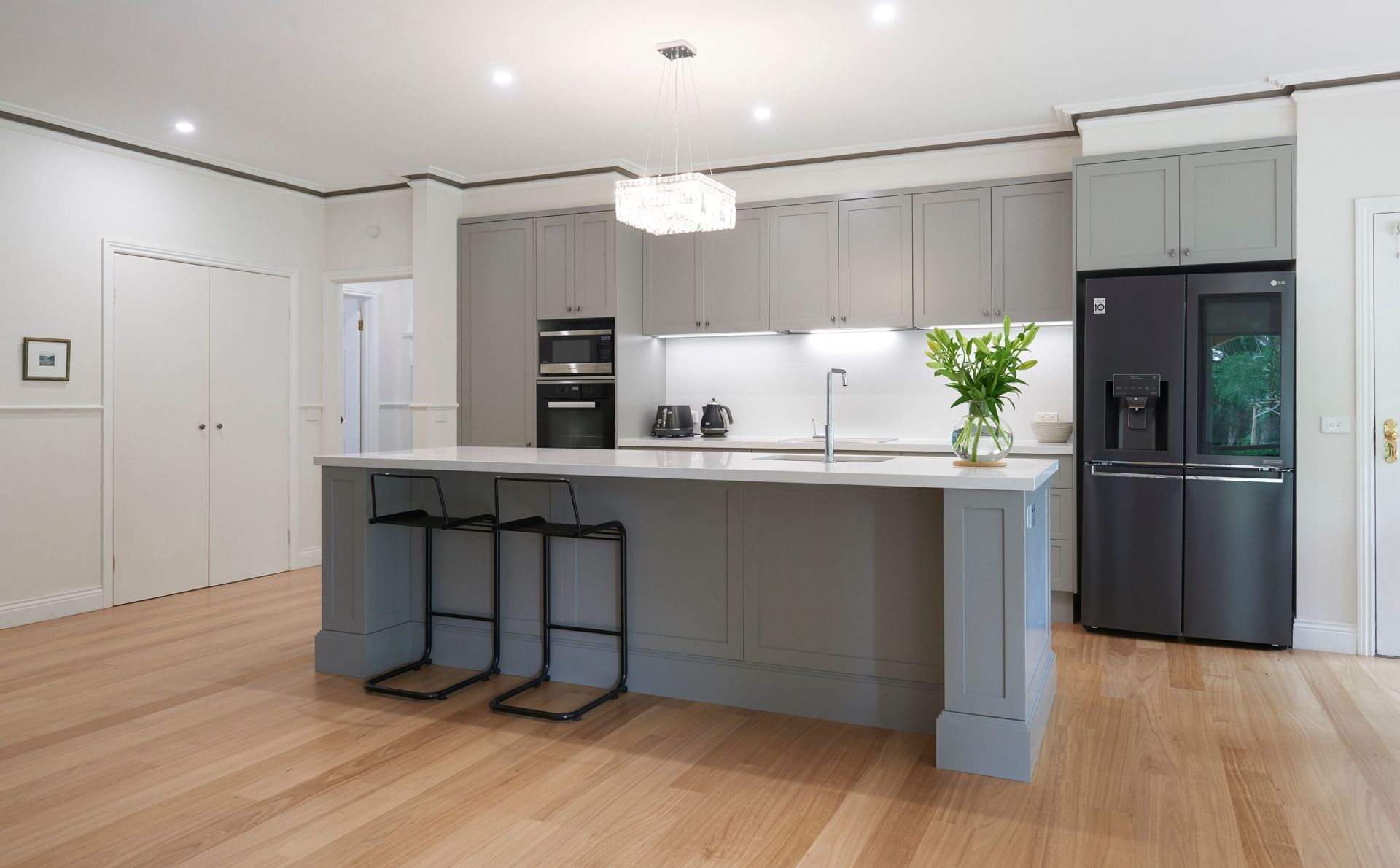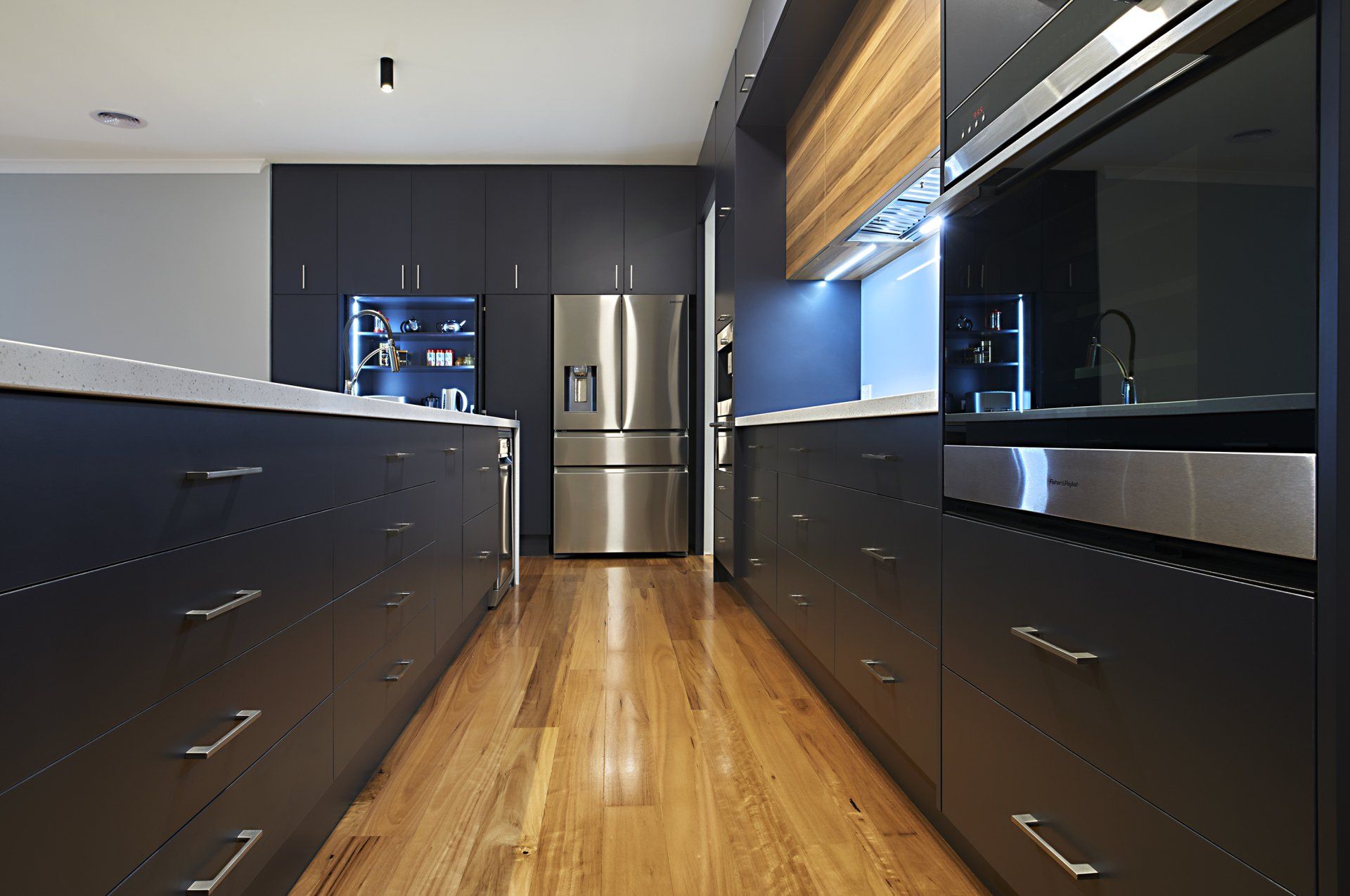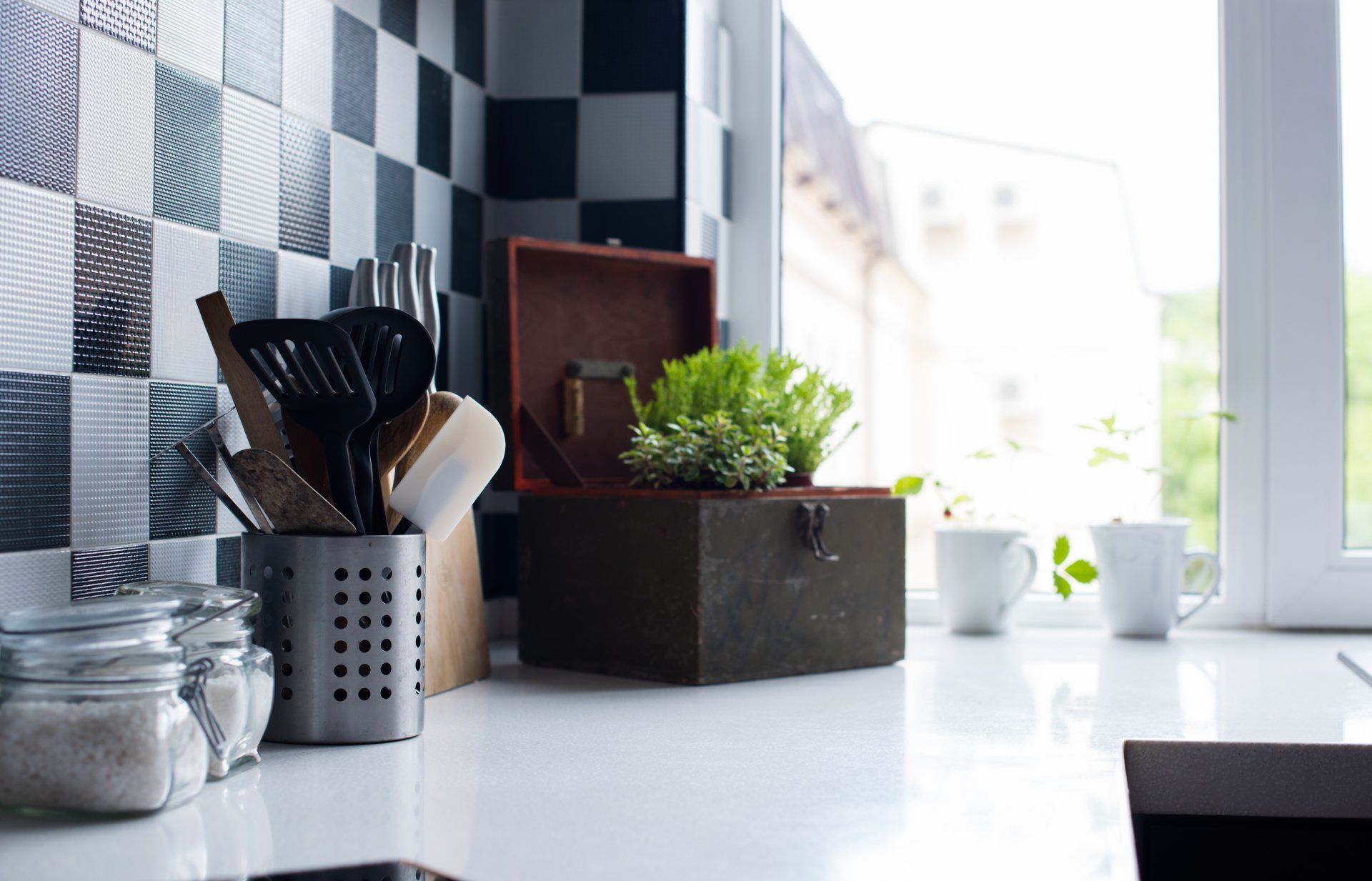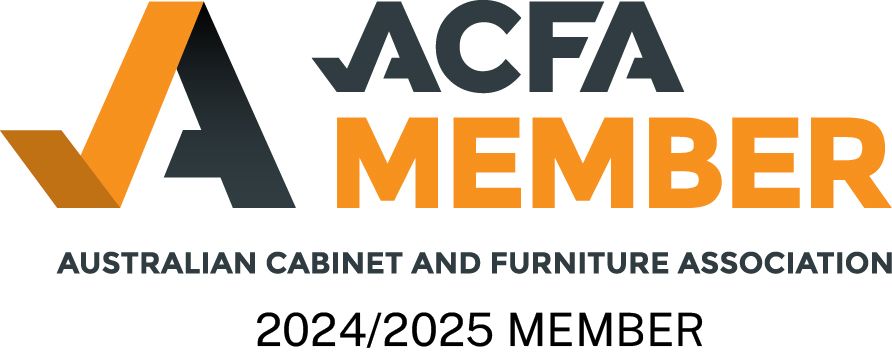Choosing kitchen handles
8 THINGS YOU NEED A GRIP ON
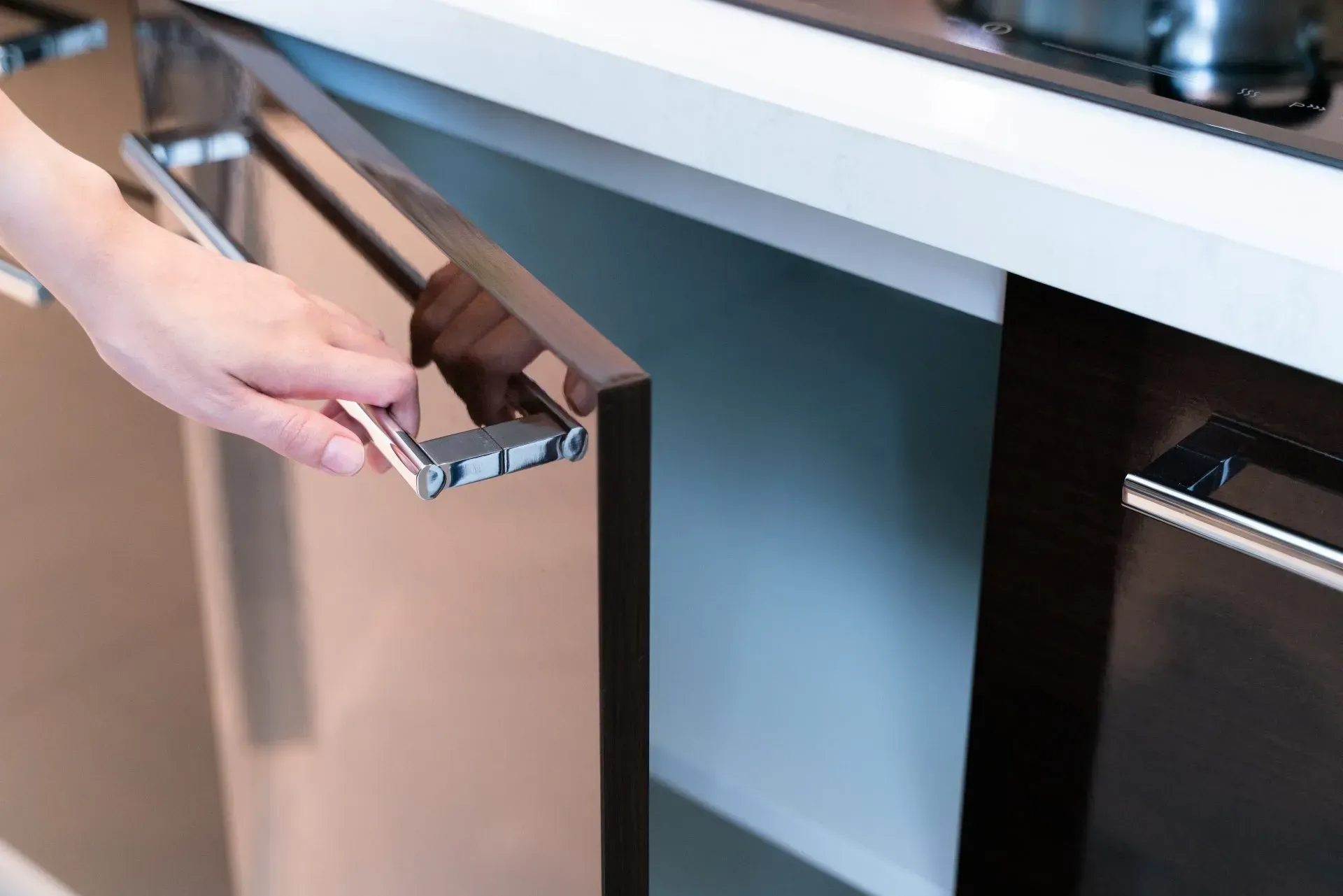
Handles add the final touch to the style of your kitchen and how it connects to the surrounding living space.
But with the seemingly endless range of handles to choose from, just how do you get a grip on the perfect handles for your dream kitchen?
Here are 8 things to consider:
1. STYLE
The handles you choose will influence the overall style of your kitchen. For example, think decorative, old-world style hardware for traditional kitchens; and simple, sleek hardware for contemporary kitchens. Another modern look is matching cabinetry handles with a similar style and finish to your appliance handles.
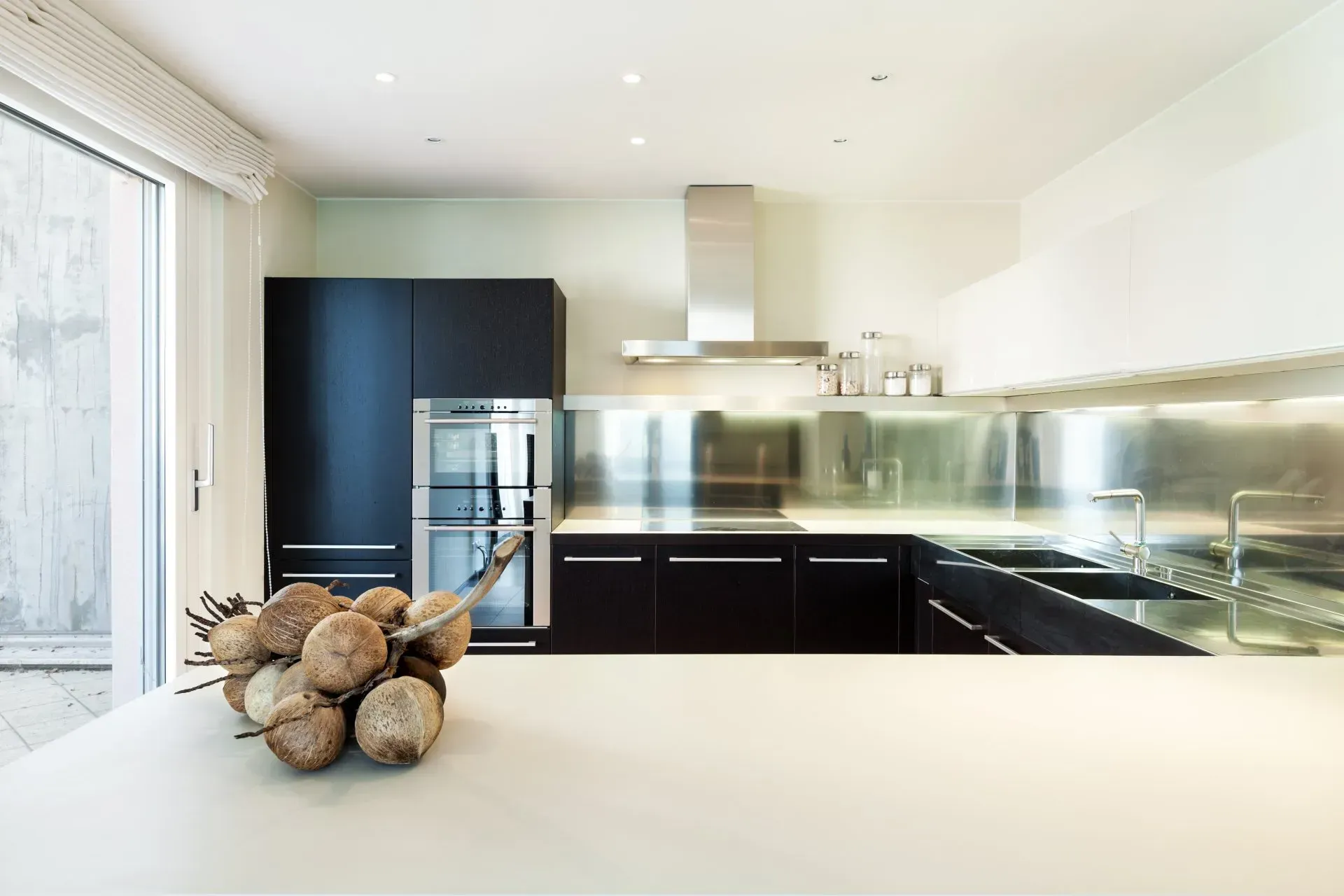
Sleek cabinetry handles are matched to the double-wall oven in this contemporary kitchen.
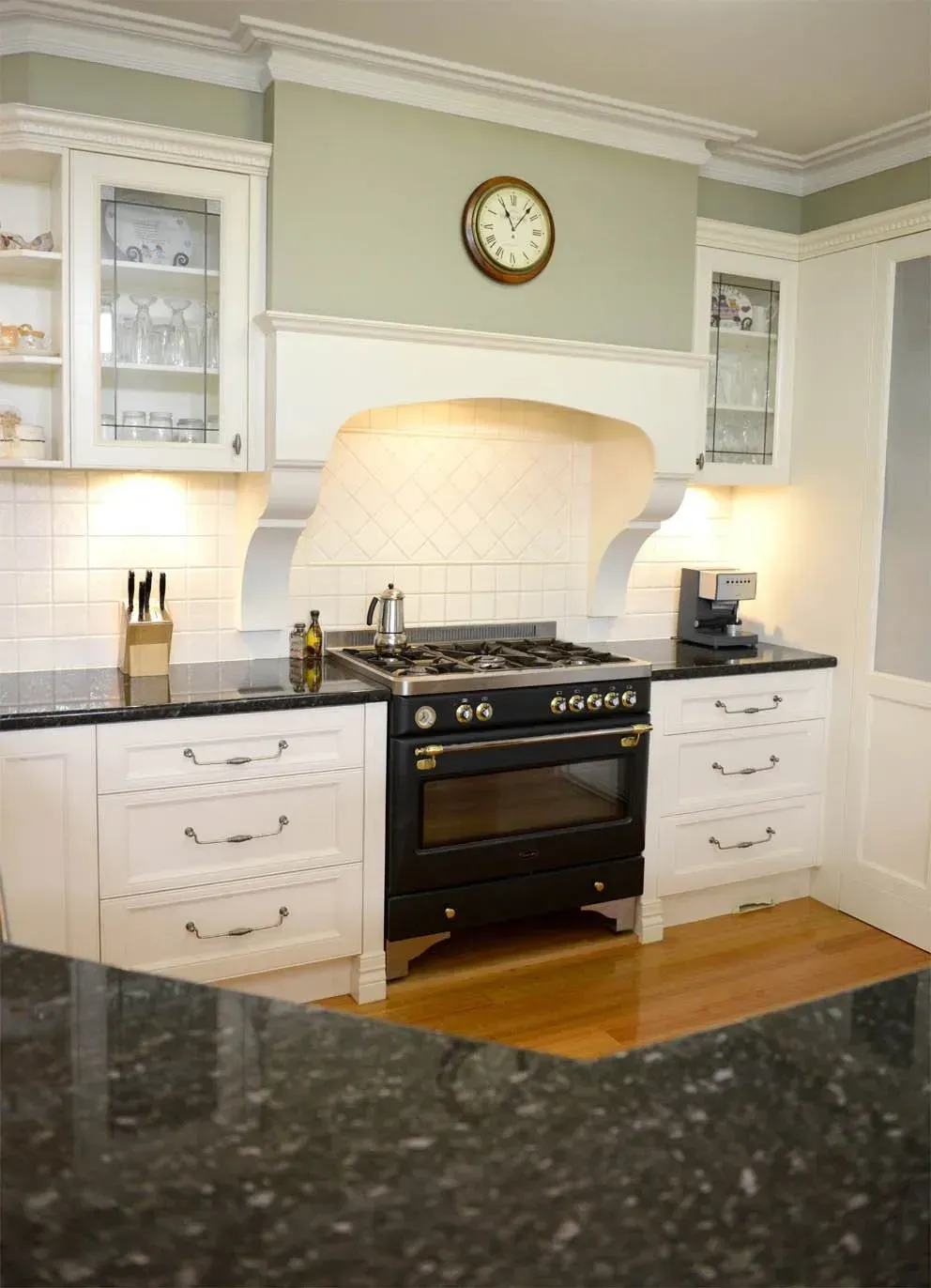
Decorative handles and knobs complement other traditional features in this KitchenWise design.
If your kitchen is a transitional style (that is, a somewhere in the middle) you can blend elements which are traditional and contemporary – but don’t sway too far one way or the other. For example, complement sleek cabinetry with slightly decorative handles. Or, match recessed-panel doors with simple-style handles.
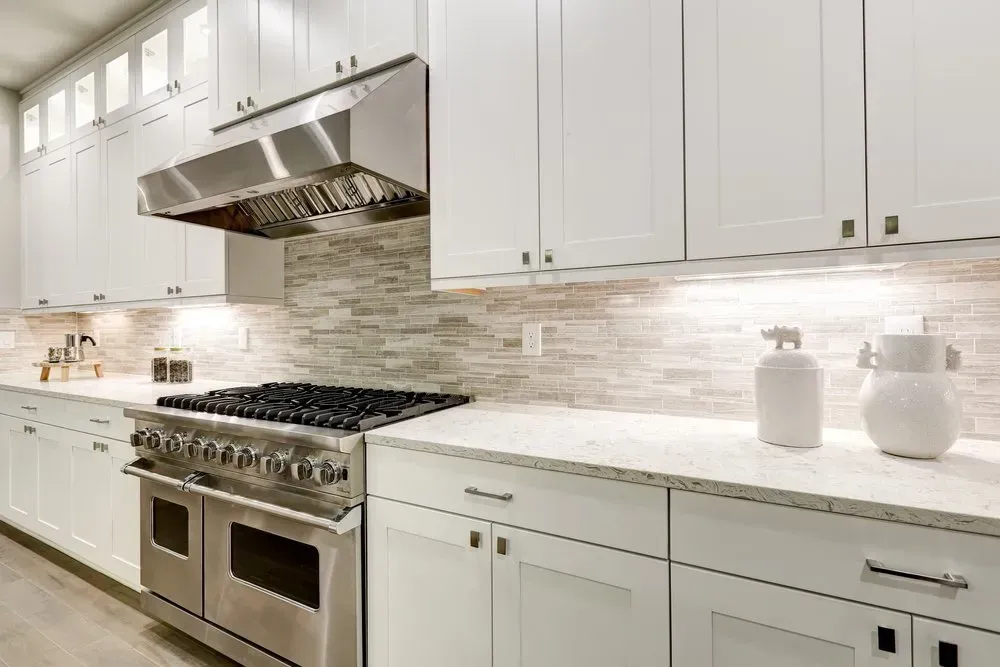
Non-decorative handles on flat drawer fronts can pair with square knobs on recessed-panel doors in a transitional-style kitchen.
2. FINISH
Settling on your preferred handle style first, makes choosing the finish simpler.
Handles for traditional-style kitchens are available in a huge array of finishes; popular choices are brushed nickel, black, satin chrome, polished chrome, and antique finishes such as pewter and bronze.
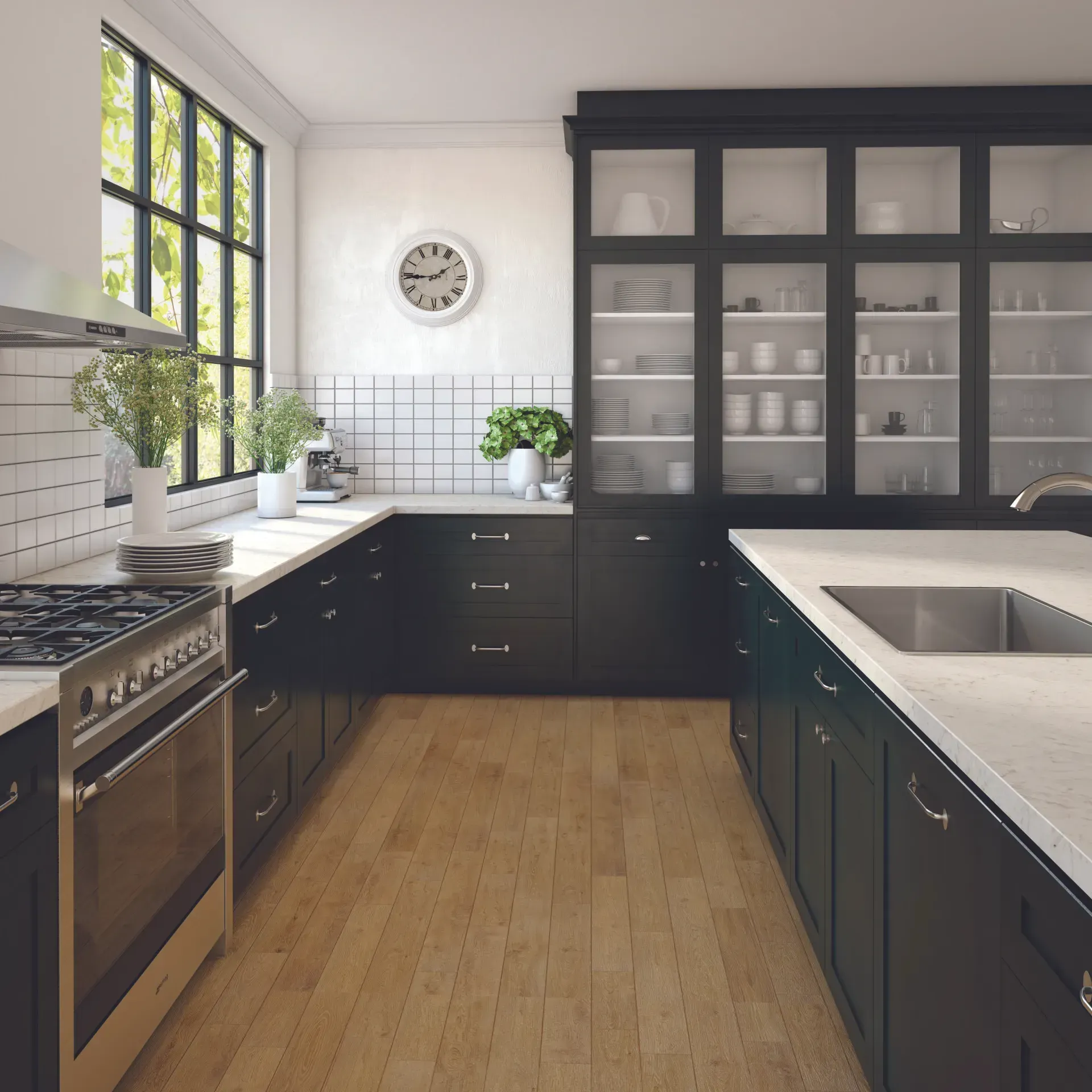
Bow handles with a brushed nickle finish complement a classic-style kitchen. Image: Laminex
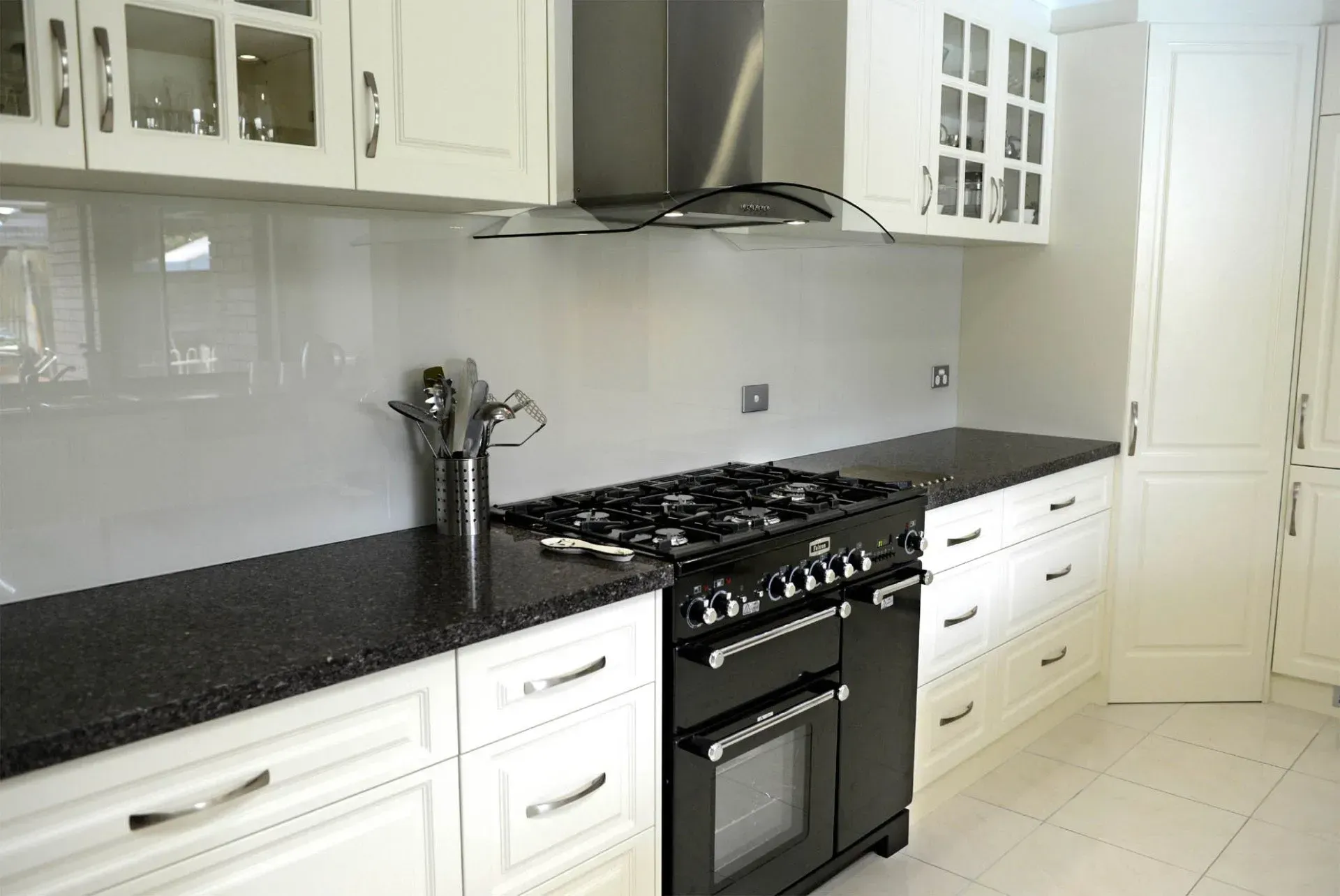
Houston handles with a 128mm hole centre in a brushed nickle finish in a transitional design by KitchenWise.
Contemporary kitchen designs are complemented by hardware in brushed nickel, black and satin chrome, especially when matched to appliances and tapware.
Keep in mind the colour(s) of your cabinetry when choosing handle finishes. While most finishes will work on white and painted doors/drawers, some finishes will become ‘lost’ on timber tones.
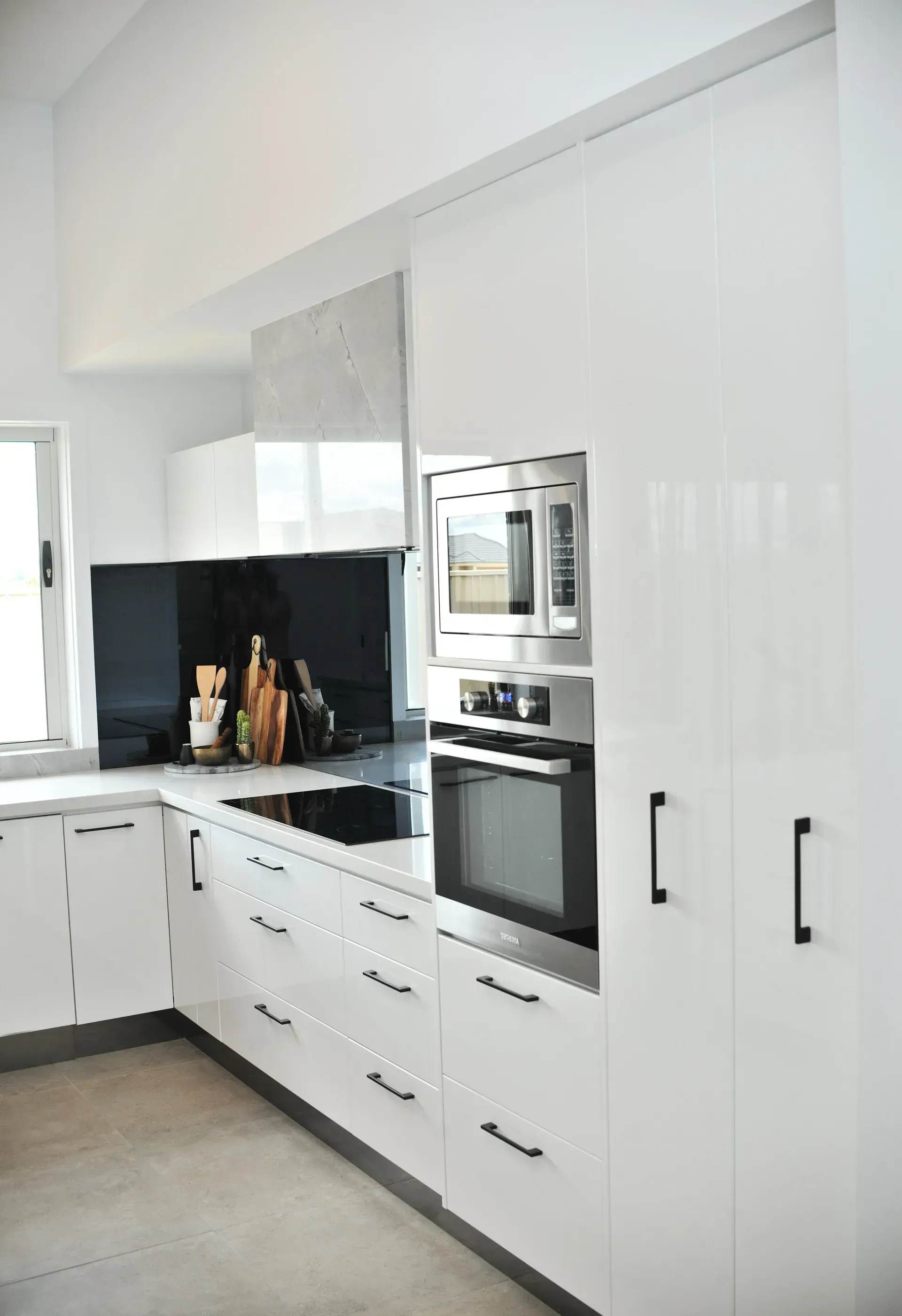
Livorno handles with 160mm hole centre and matt black finish complete this ultra-modern design KitchenWise built for Sessions Builders. Image: Bethanie Hemeter, Sessions Builders
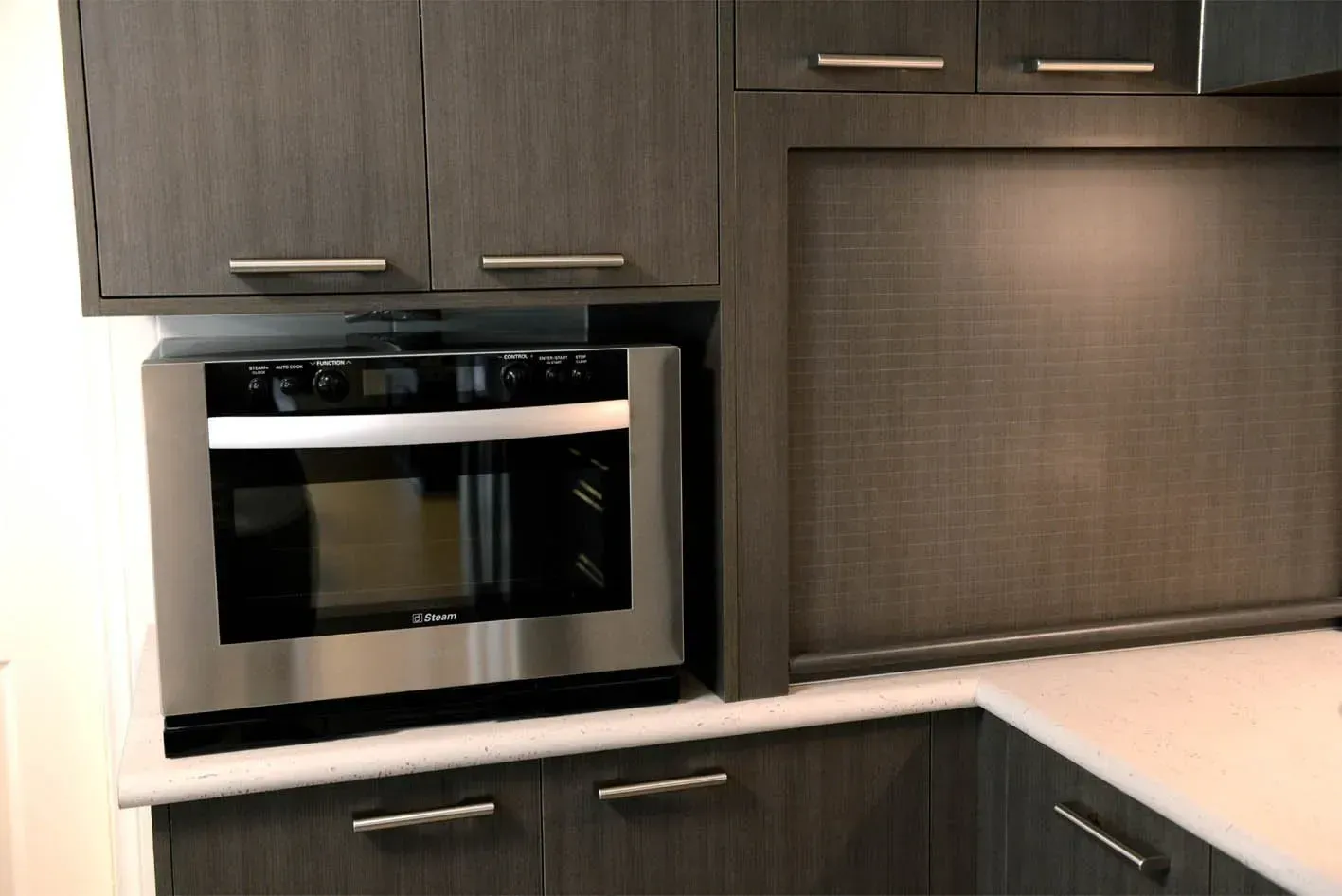
The Midline 128mm hole centre in brushed nickel pops on the dark tone of this KitchenWise design.
3. GRIP
How does the handle feel in your hand? Is it easy to grip, and does it feel comfortable? Do you like a rounded feel, or prefer an angled profile? Do you like the fixed grip of a pull handle, or the movement of a swing handle?
If you have large hands or arthritis, you should consider a handle that has a spacious profile and provides ample room for your hand between the door/drawer surfaces.
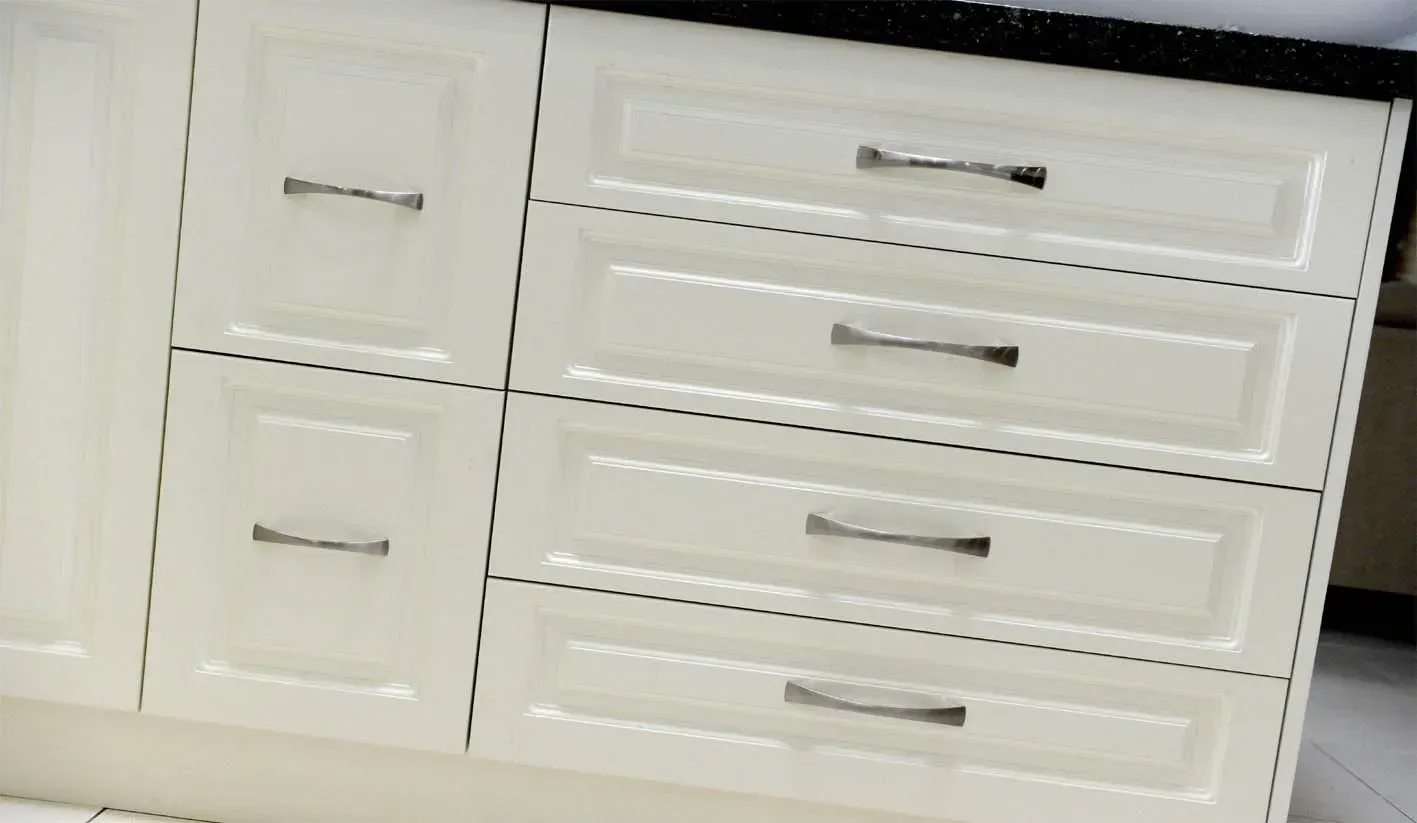
The Houston handle has a curved, slim-line grip.
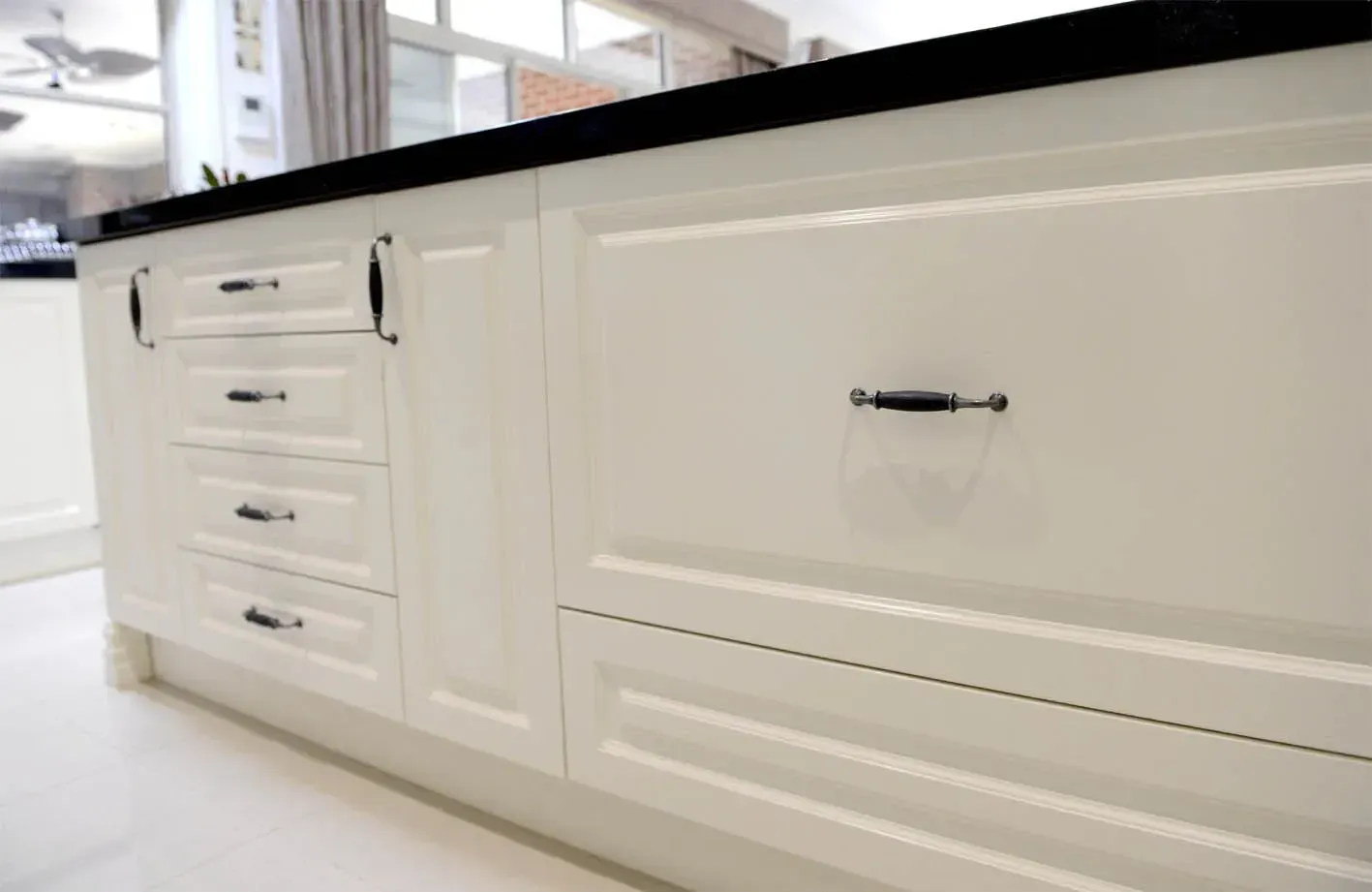
The Victoria D-pull has a rounded grip.
4. SIZE
Where once most handles had 96mm hole centres, the standard has shifted to 128mm and 160mm hole centres. Meanwhile, larger handles are available in up to 320mm hole centres.
The size you choose will be determined by the weight and width of your drawers/doors, and the look you are trying to achieve.
Traditional or transitional-style handles are usually about one-third the width of door/drawer, while longer handles of at least two-thirds the width of the drawer/door are popular in contemporary kitchens.
Where a handle design is available in different lengths, you may choose to use long versions on wide drawers and short handles on narrow drawers. However, if you want a sleek, streamlined look, choose an in-between size that is in proportion with all drawer sizes ̶ not too long for narrow drawers, nor too short for wide drawers).
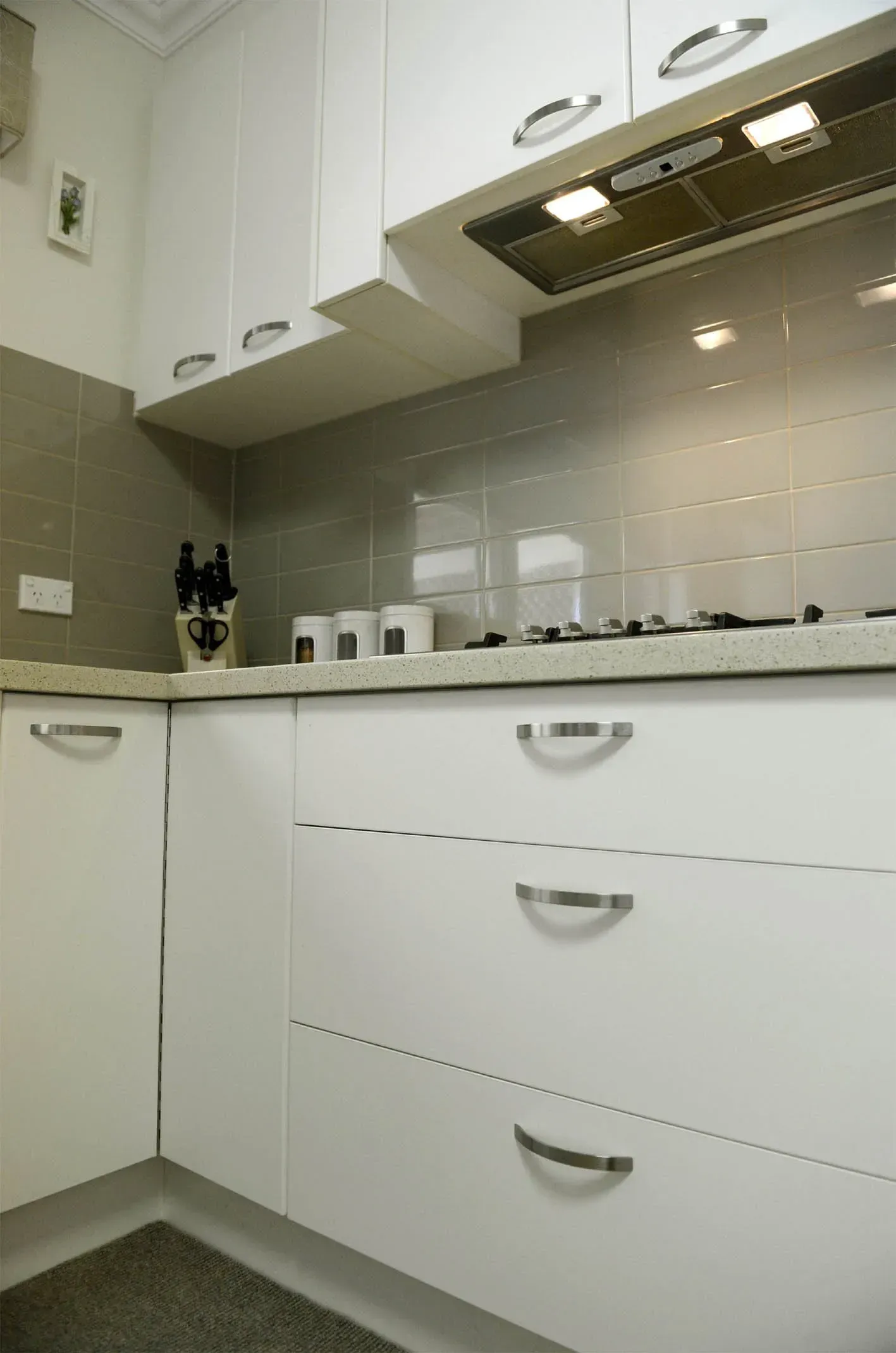
Brooklyn 128mm hole-centre handles work on all door and drawer sizes in this KitchenWise design.
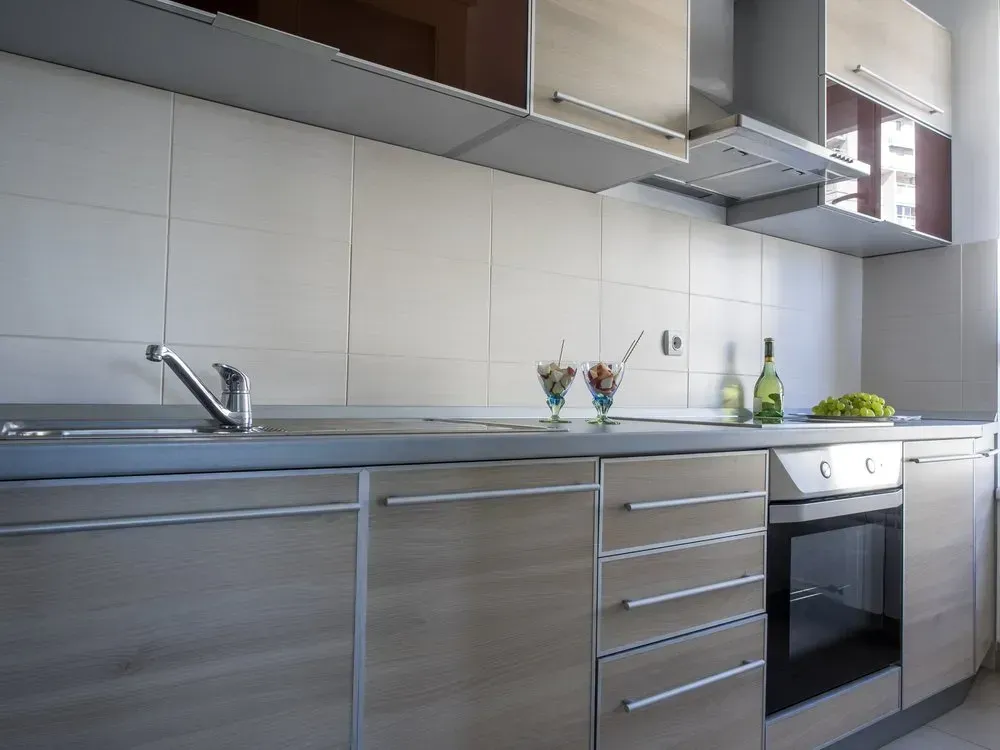
Some handle designs can span the width of doors and drawers.
5. MIX ’N’ MATCH
Teaming handles and knobs works in traditional and transitional-style kitchens; while in transitional and contemporary kitchens you can tone-down the use of handles by using them on base cabinetry and doors only. Handle-free overhead cabinetry can be touch-to-open or have a reverse bevel (a space behind the panel for fingers to grip).
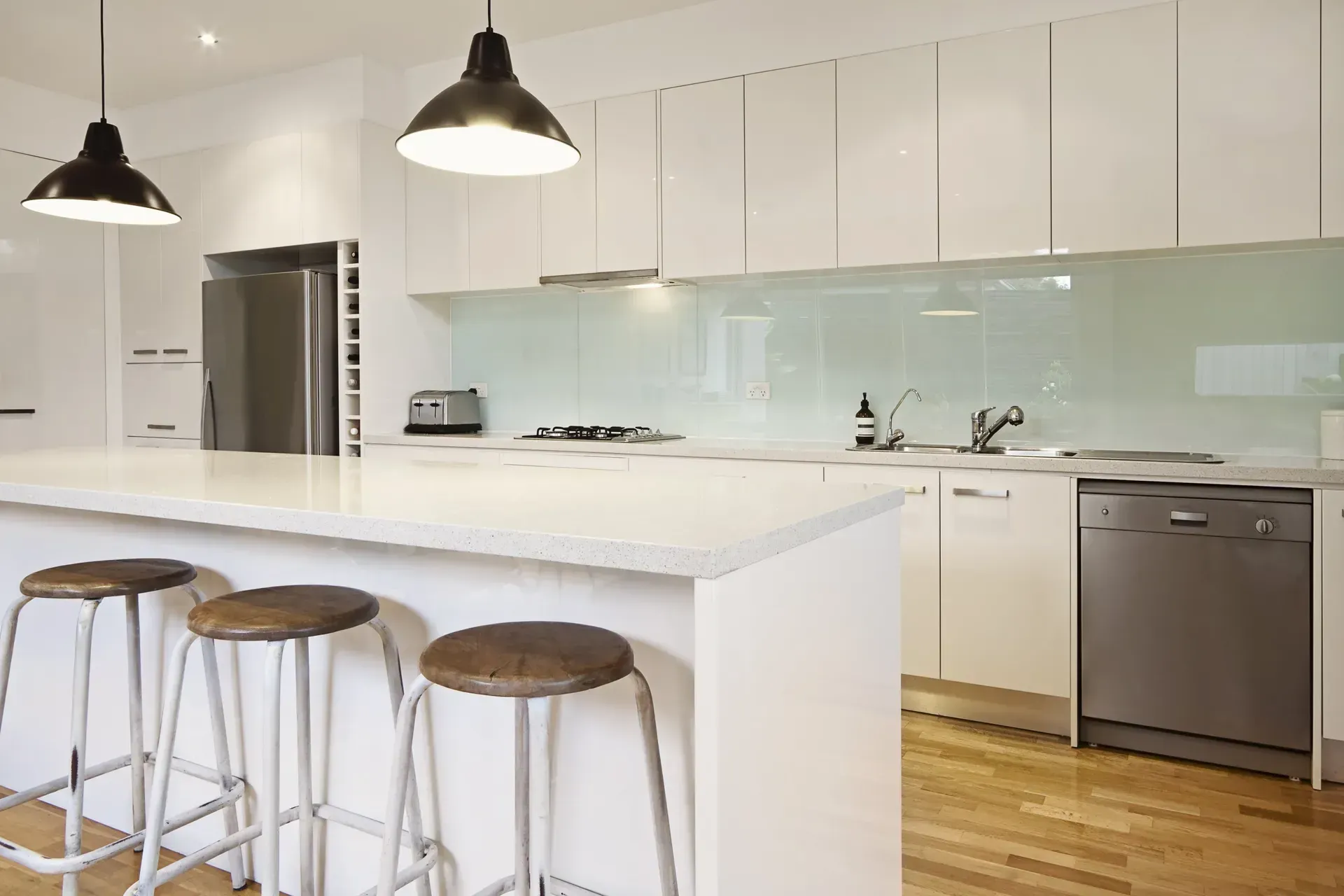
A contemporary kitchen can mix handles on base cabinetry and walk-in pantry with touch-to-open doors on overheads.
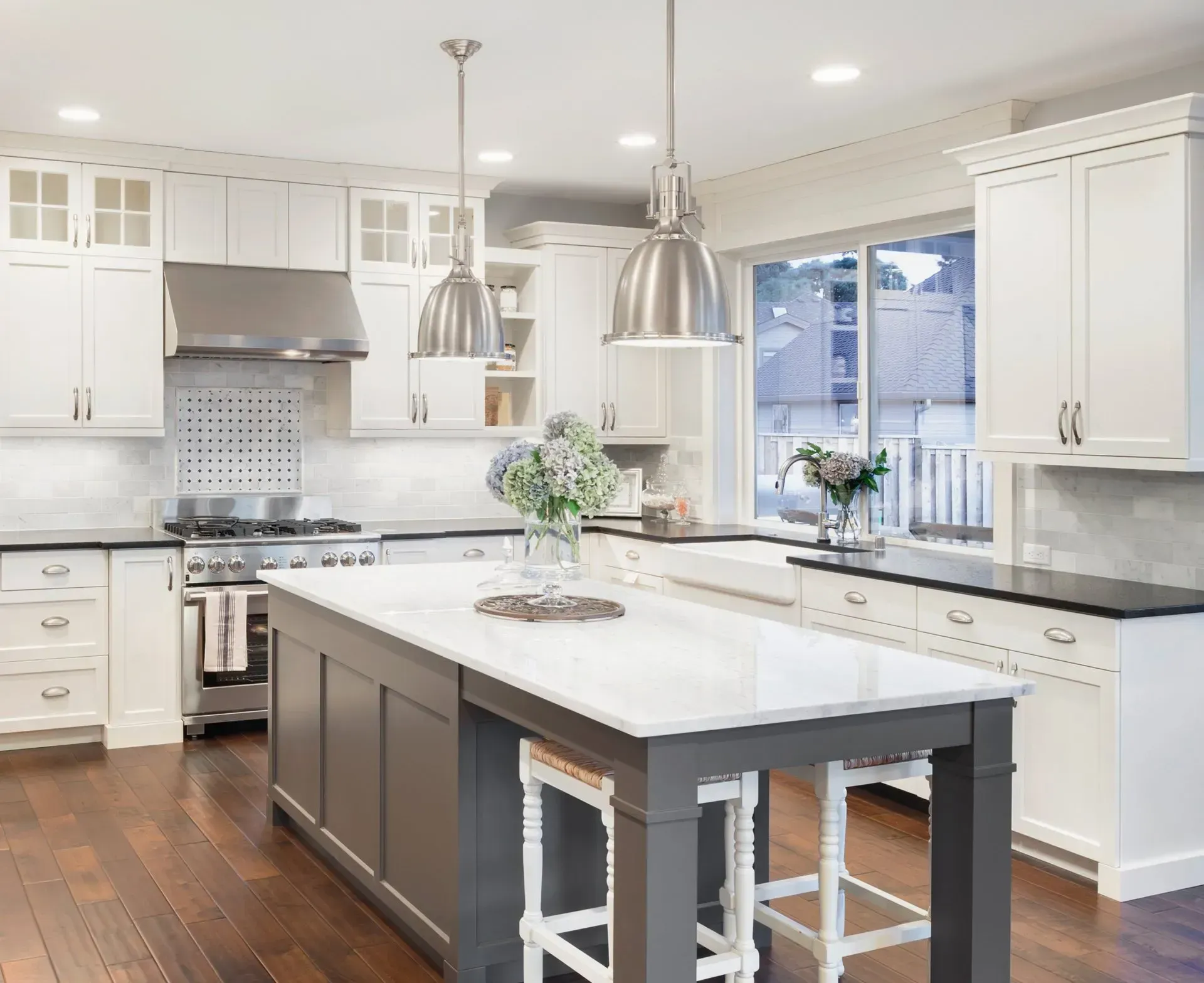
Classic kitchens can mix and match handle styles, such as a standard pull and shell pull.
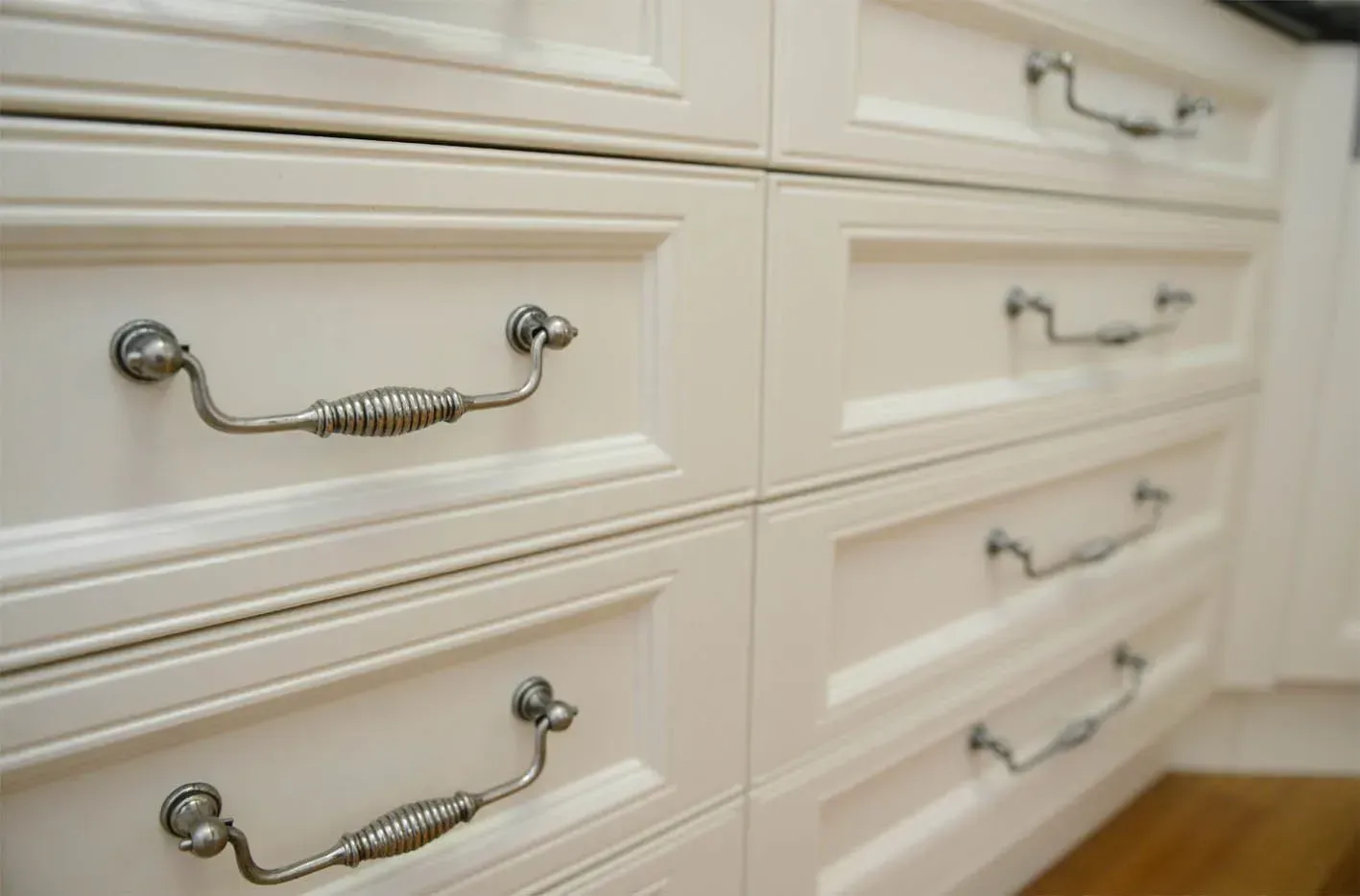
Ornate swivel bail handles in antique pewter (above), matched with the T-bar knob (below) give old-world charm to a traditional kitchen.
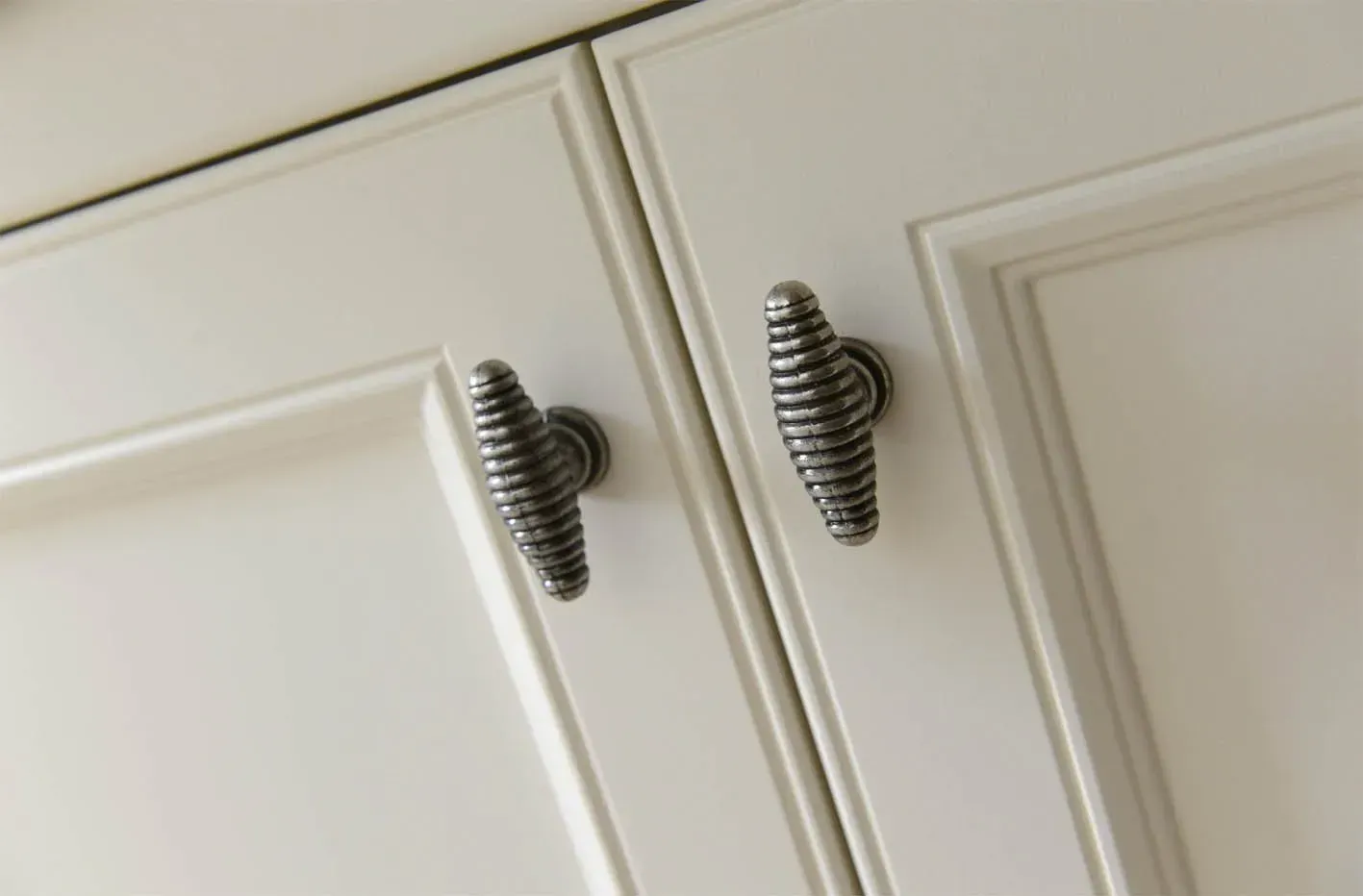
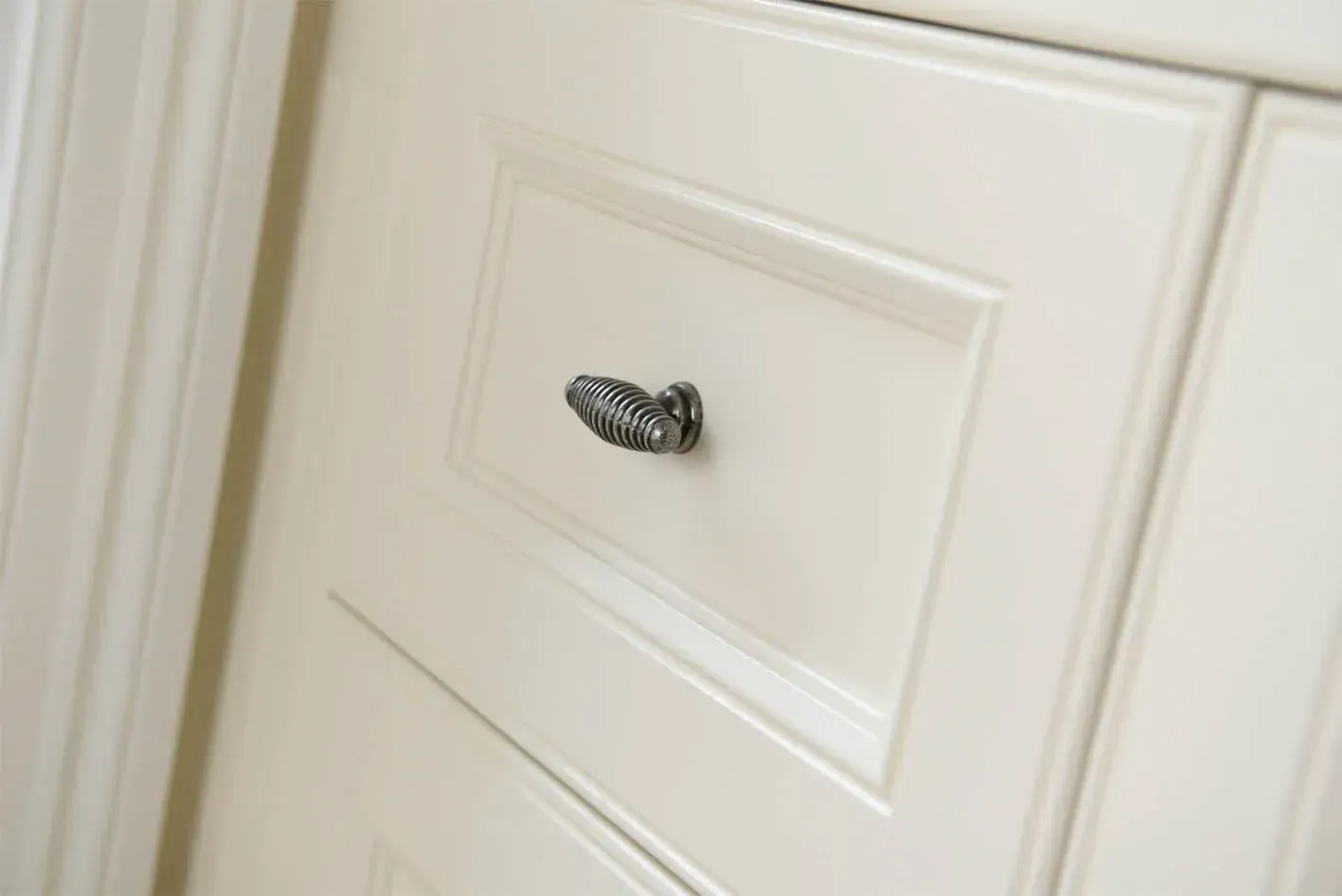
6. POSITIONING
Not only do you need to decide where on your drawer and door fronts you want your handles placed, but also which direction.
Where: Convenience and style comes to play when considering where handles are placed. For example, you need to be able to reach handles easily, have room to grip them, and make sure they don’t knock surrounding appliances, cabinetry or walls when the cabinets are open.
Direction: Traditionally, handles are positioned horizontally on drawers and vertically on doors. However, horizontal placement on doors provides an ultra-modern look in contemporary kitchens.
Fixture: Make sure you are certain where you want handles positioned before the first screw hole is drilled. It’s too late to change your mind once handles are fixed!
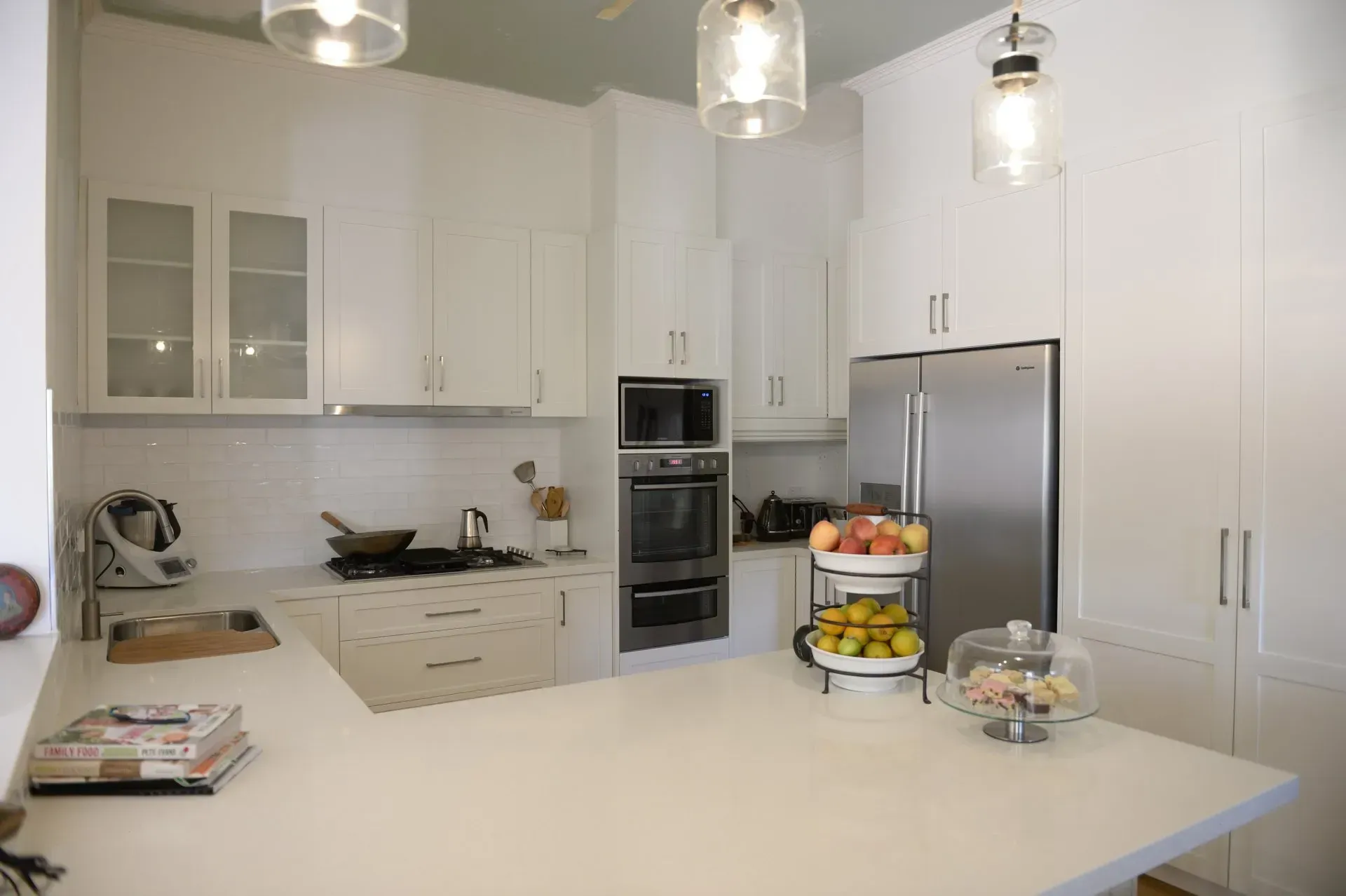
This KitchenWise client chose two handle sizes in traditional directions - vertical on doors and horizontal on drawers.
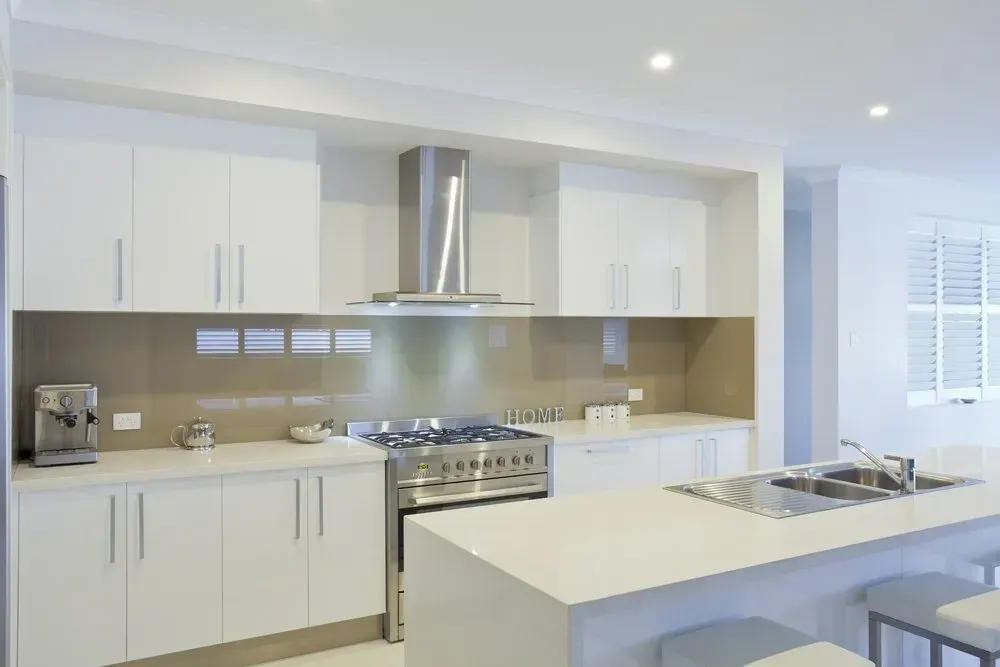
Large handles placed in traditional directions - vertical on doors and horizontal on drawers (at right of cooktop).
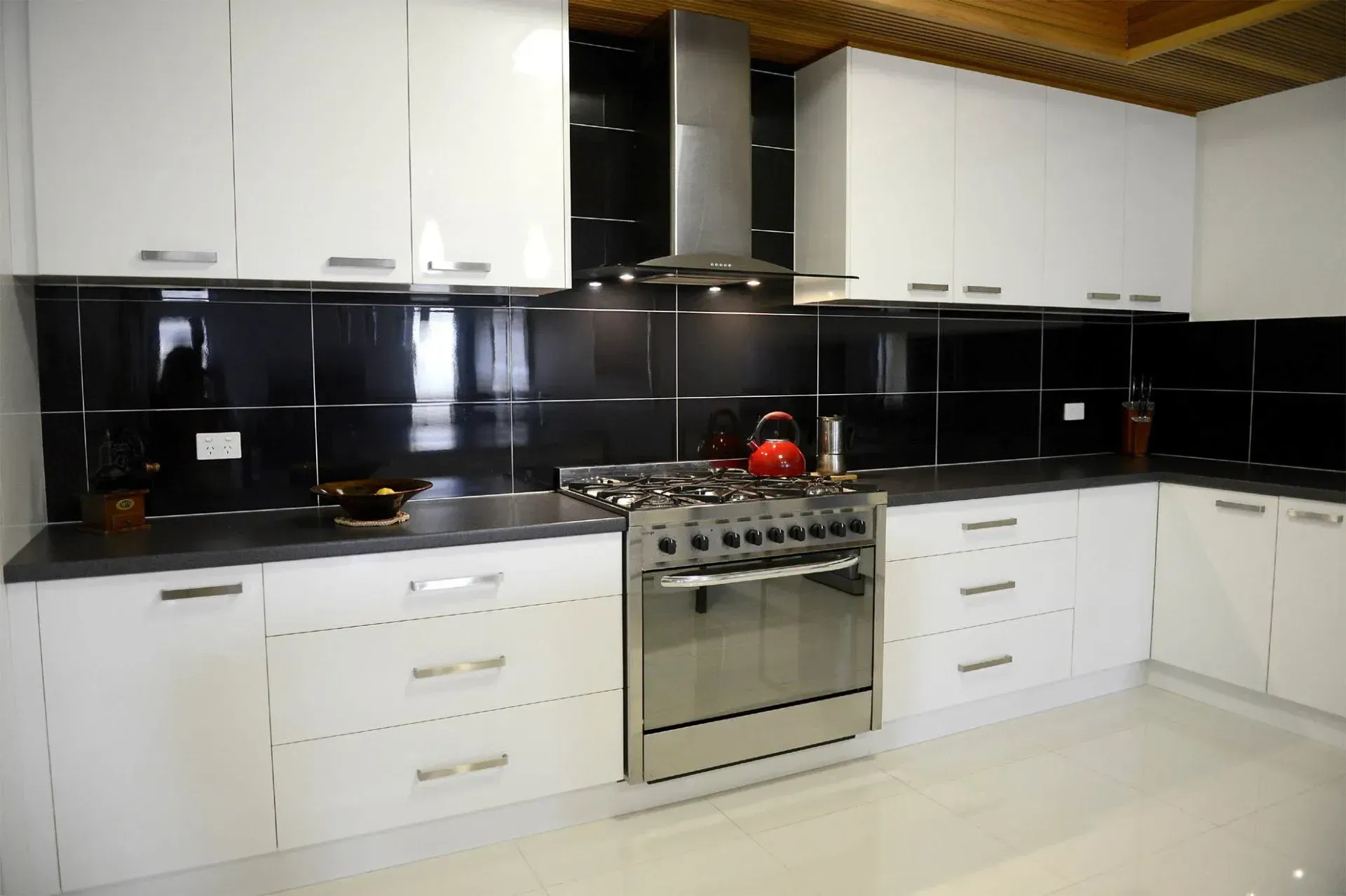
The horizontal fixture of the handles in this KitchenWise design enhances the expanse of the large-tiled splashback.
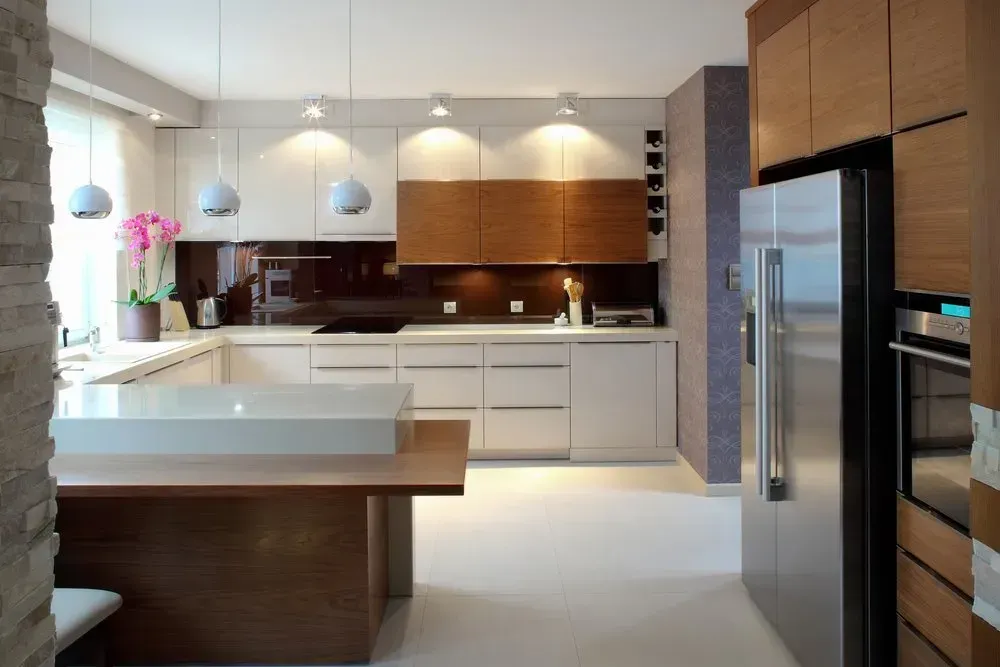
Lip handles (at top of base cabinetry, and bottom of overheads), are a discreet handle option.
7. COST
Handles range from $8 to $40 each, depending on the style, finish and size you choose.
8. NO HANDLES
Handleless designs are trending in ultra-modern kitchens – giving sleek, uninterrupted lines.
However, this can add to the cost of your kitchen because the mechanisms in touch-to-open cabinetry are more expensive than standard to mid-range handle options. Reverse bevels to grip cabinetry are another option in handleless kitchens.
Importantly, you need to decide at the start of the design process if you want any handles at all, because this will determine how the kitchen is set-up and manufactured.
Read the pros and cons of handleless kitchens at
https://www.kitchenwise.com.au/handleless-kitchens
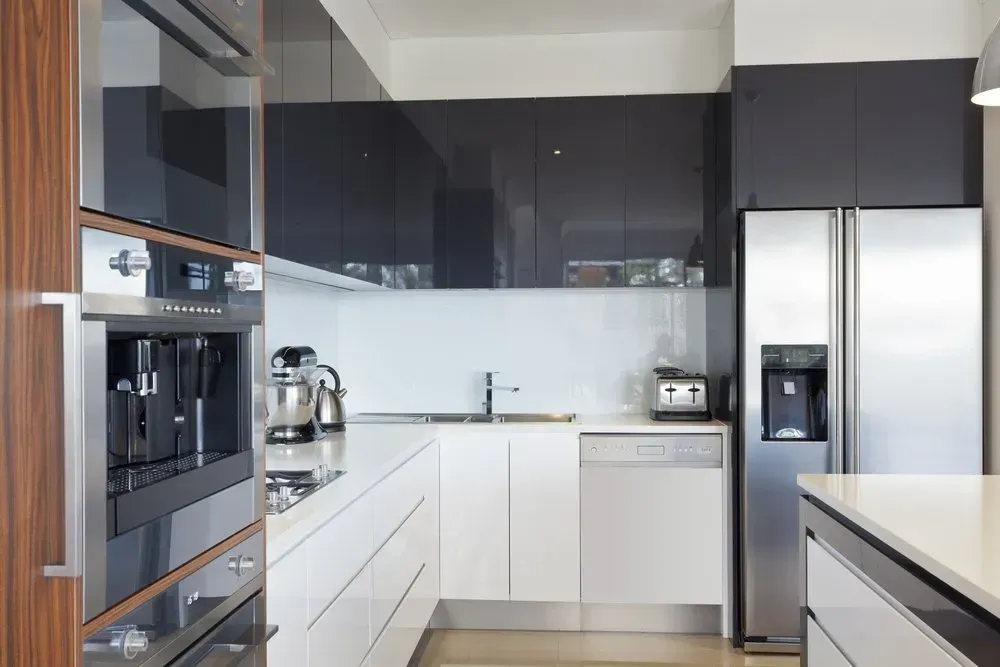
A handleless kitchen can combine reverse bevels (finger grips) on base cabinetry and touch-to-open doors on overheads.
GUIDING YOUR CHOICE
Our showroom at 6 Telford Dve, Shepparton features a wide range of quality, attractive handles to suit kitchens of all design styles.
Our expert design consultants guide clients in all aspects of hardware selection during a scheduled showroom appointment. You can feel the handle profiles, see what they look like against your chosen doors and drawers, and visualise placement options on your 3-D kitchen design.
To book your design consultation, phone
5831 2077 or visit
https://www.kitchenwise.com.au/contact
QUICK LINKS
CONTACT INFORMATION
Tel: 03 5831 2077
Email: info@kitchenwise.com.au
Address: 6 Telford Drive, Shepparton, VIC 3630




